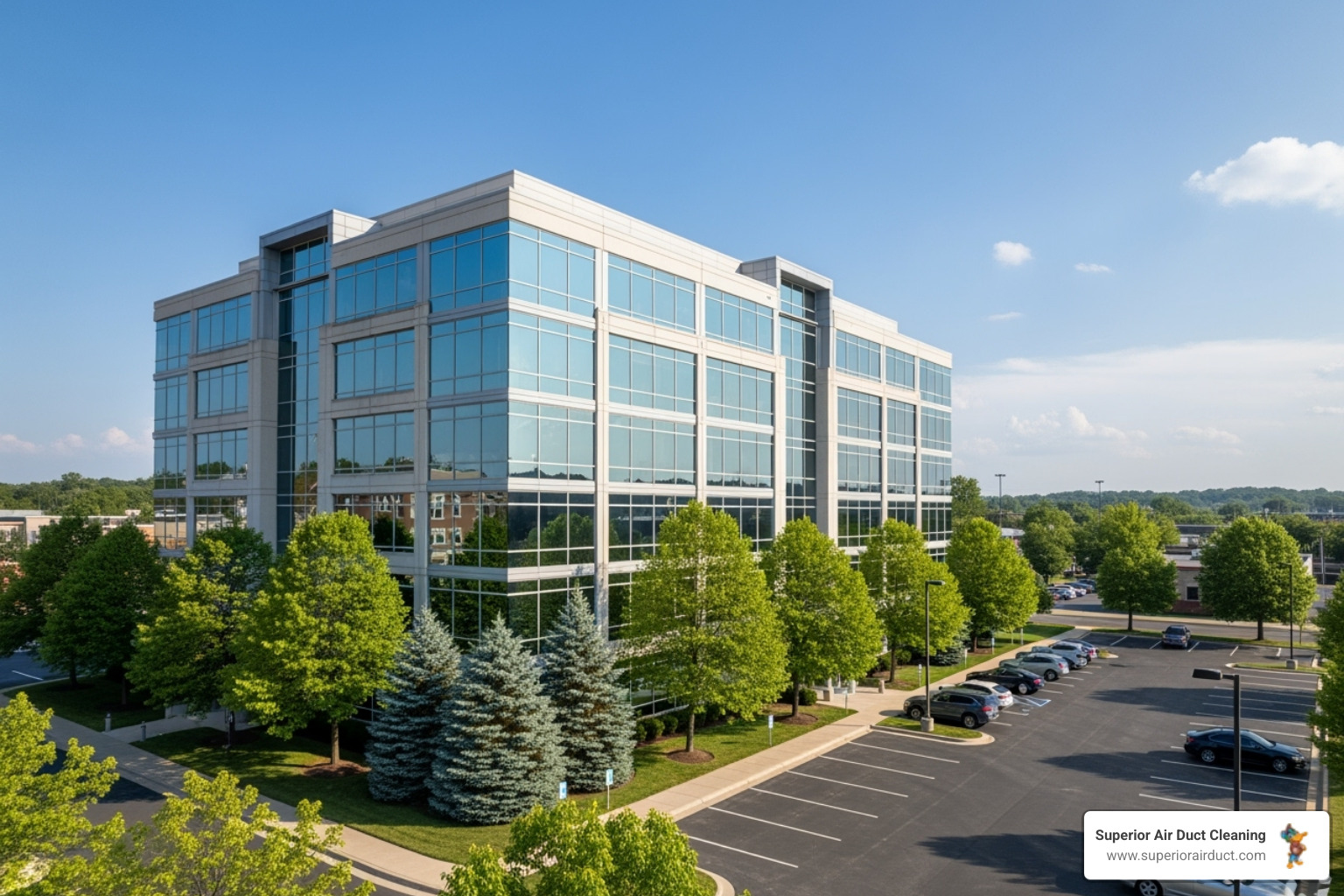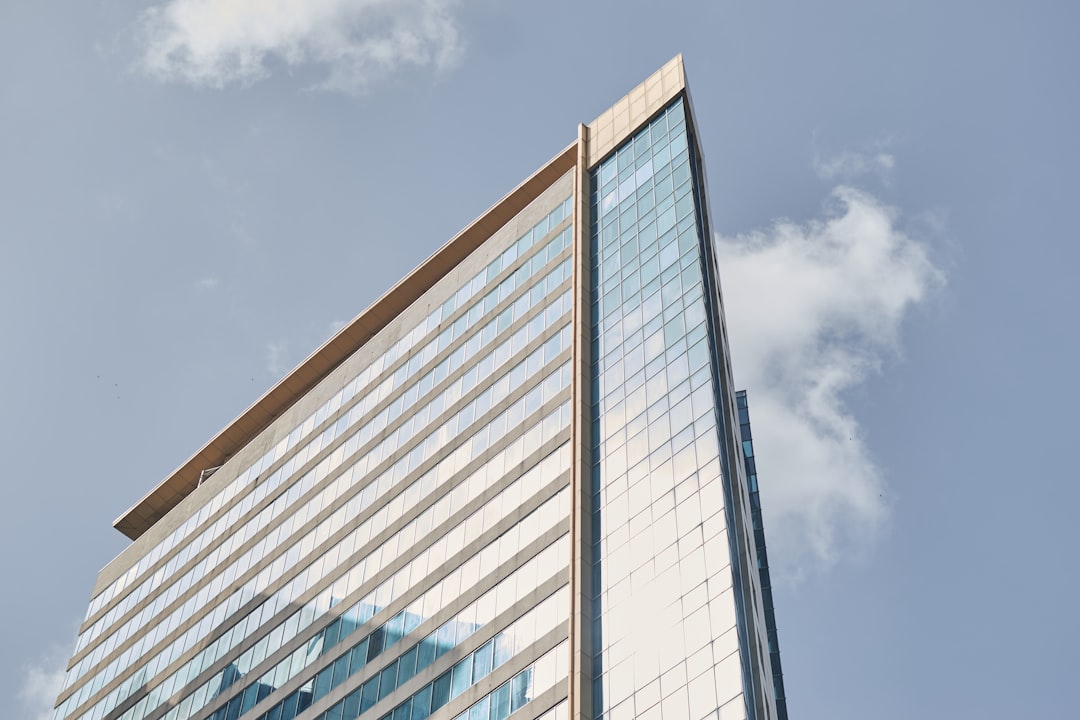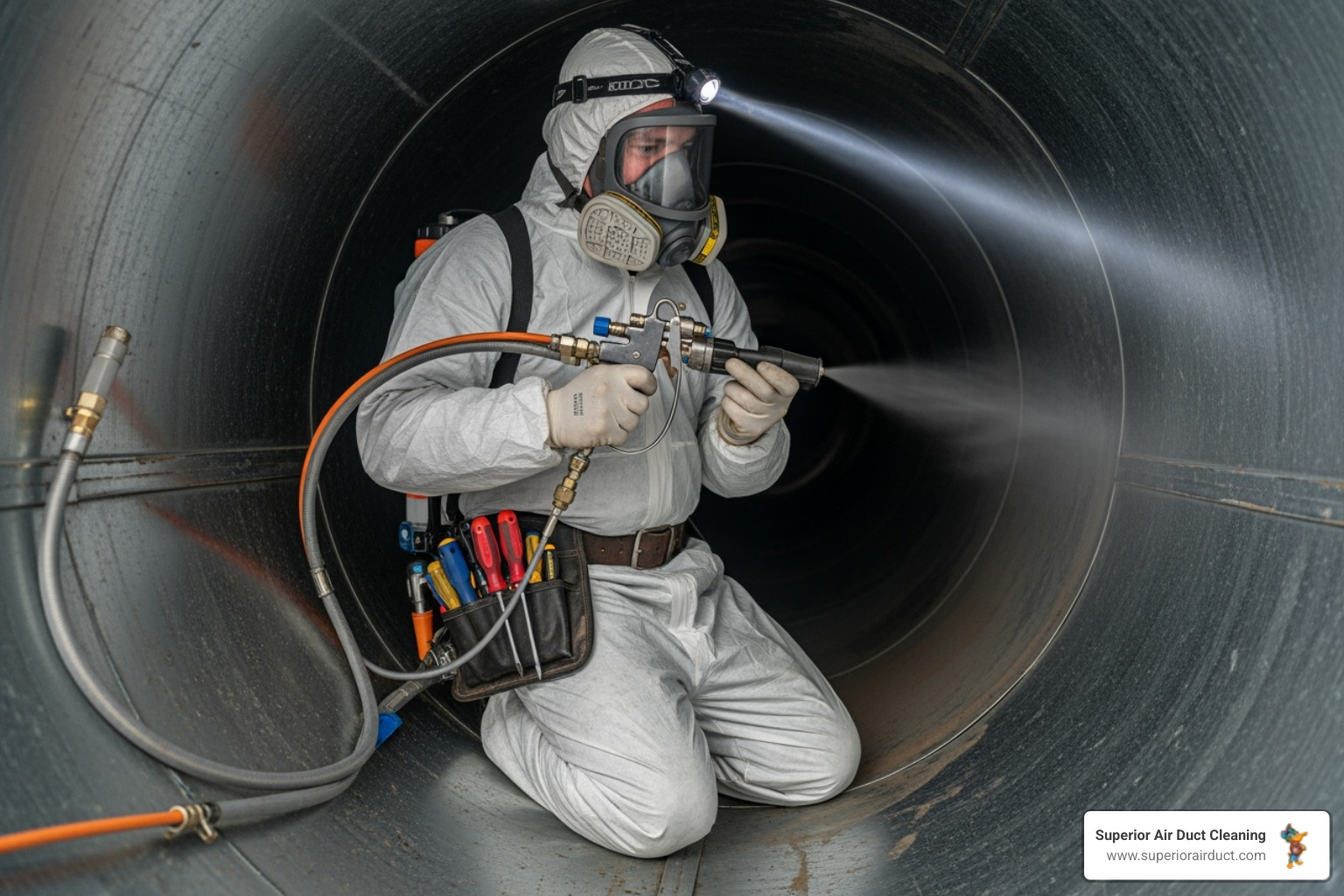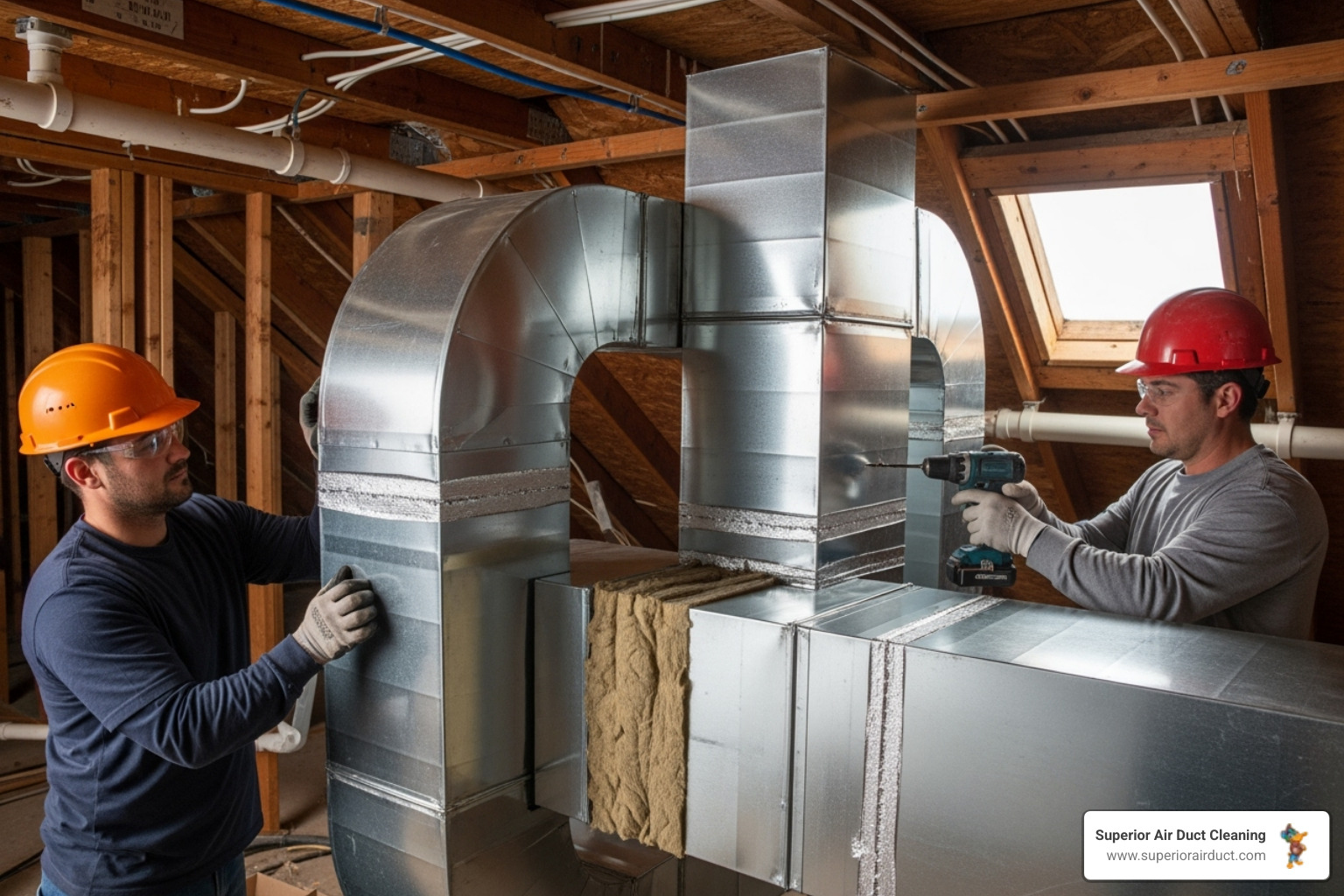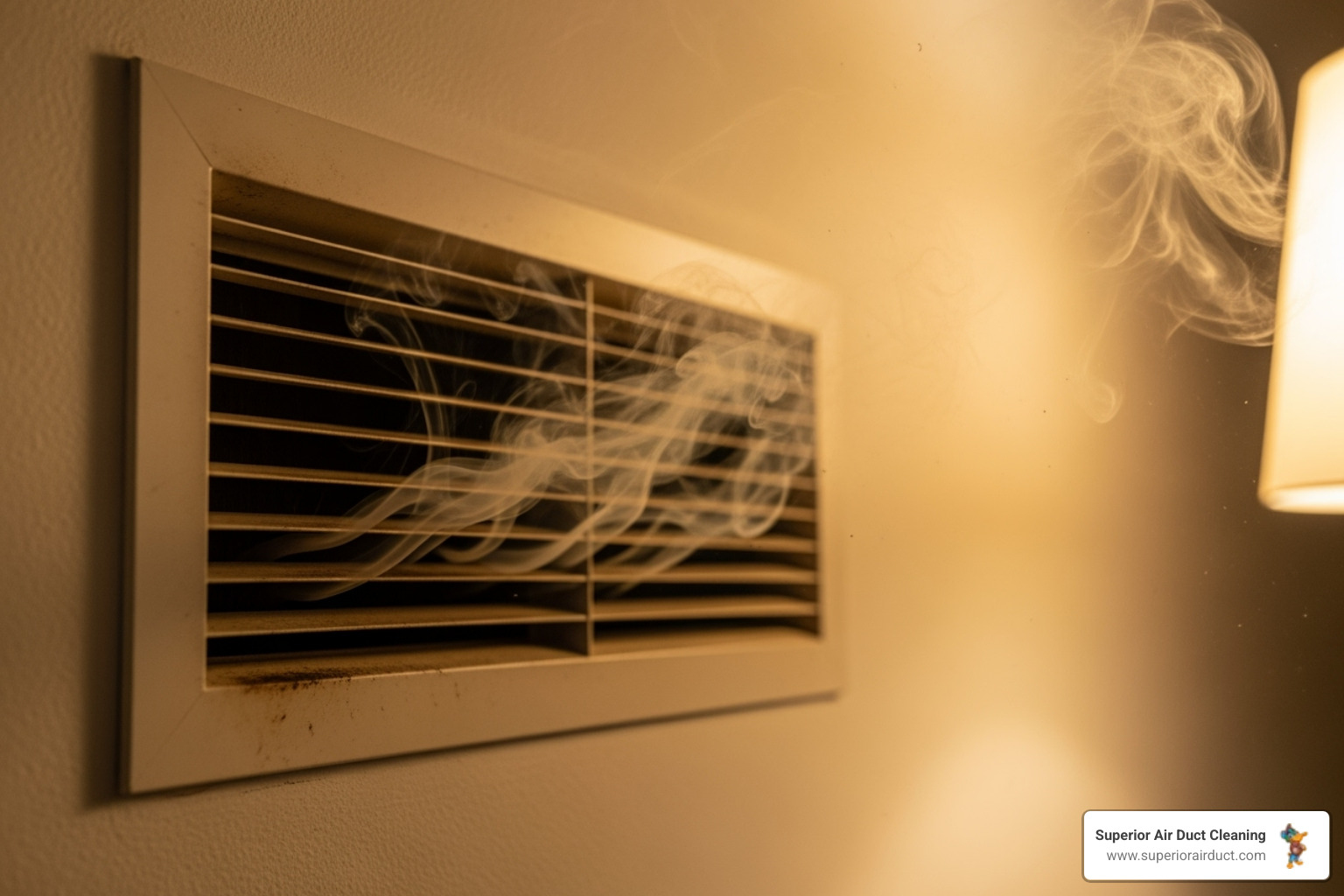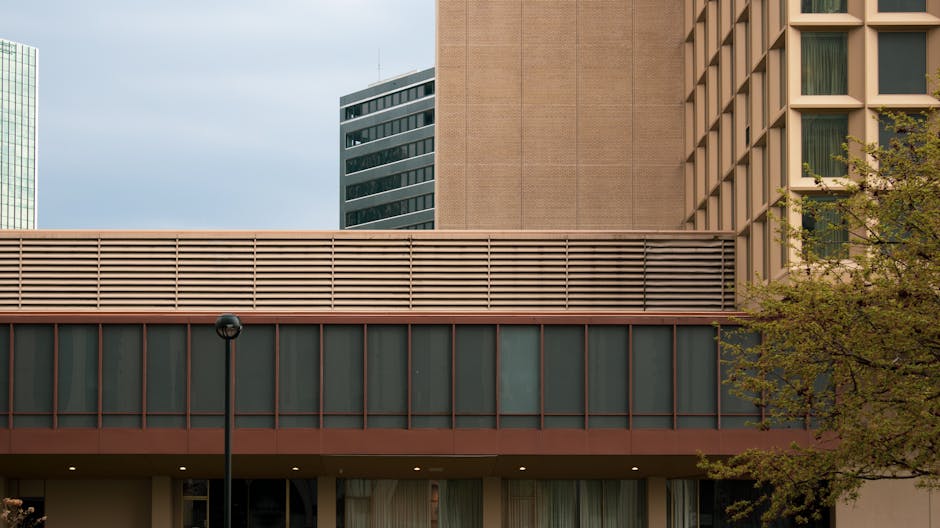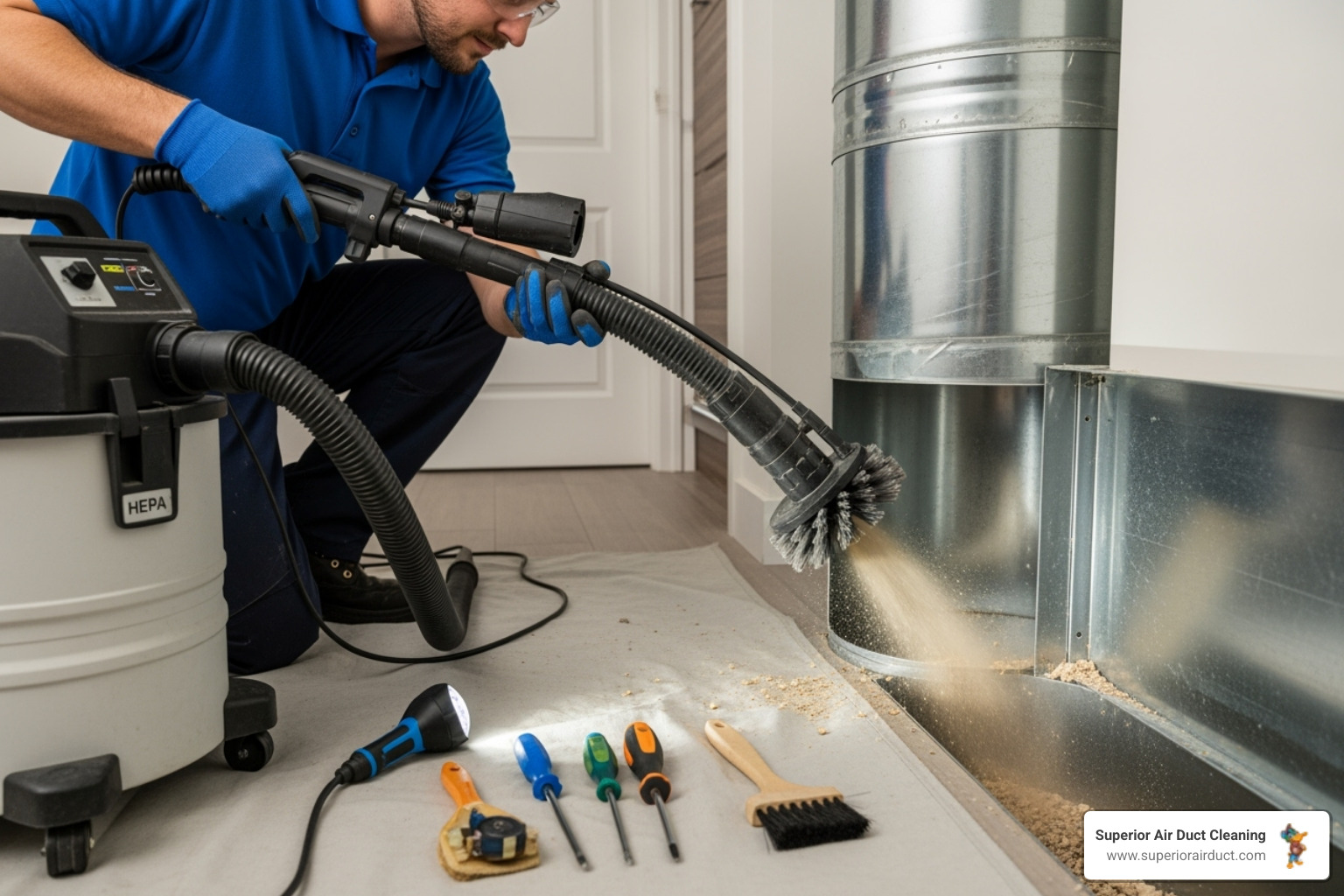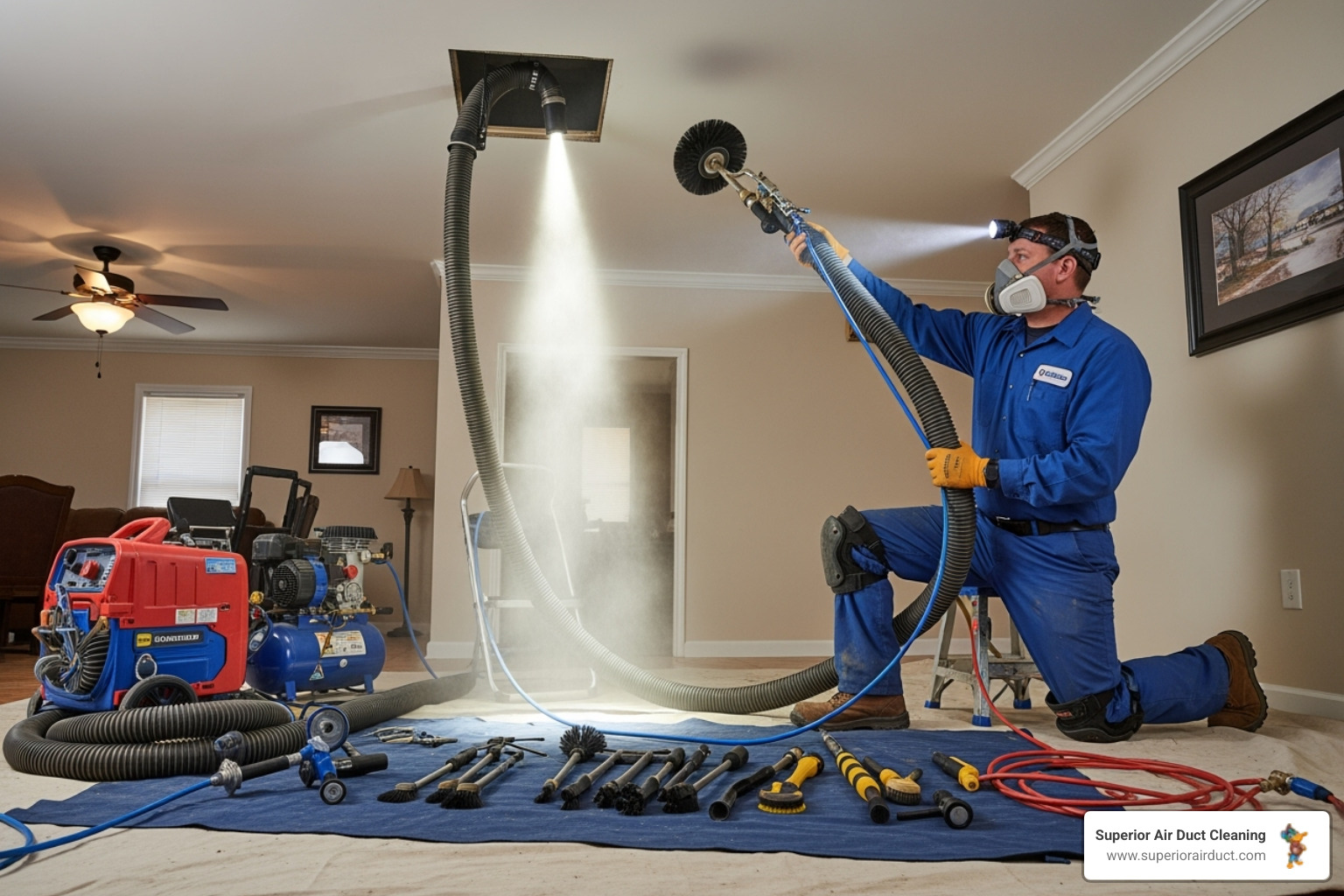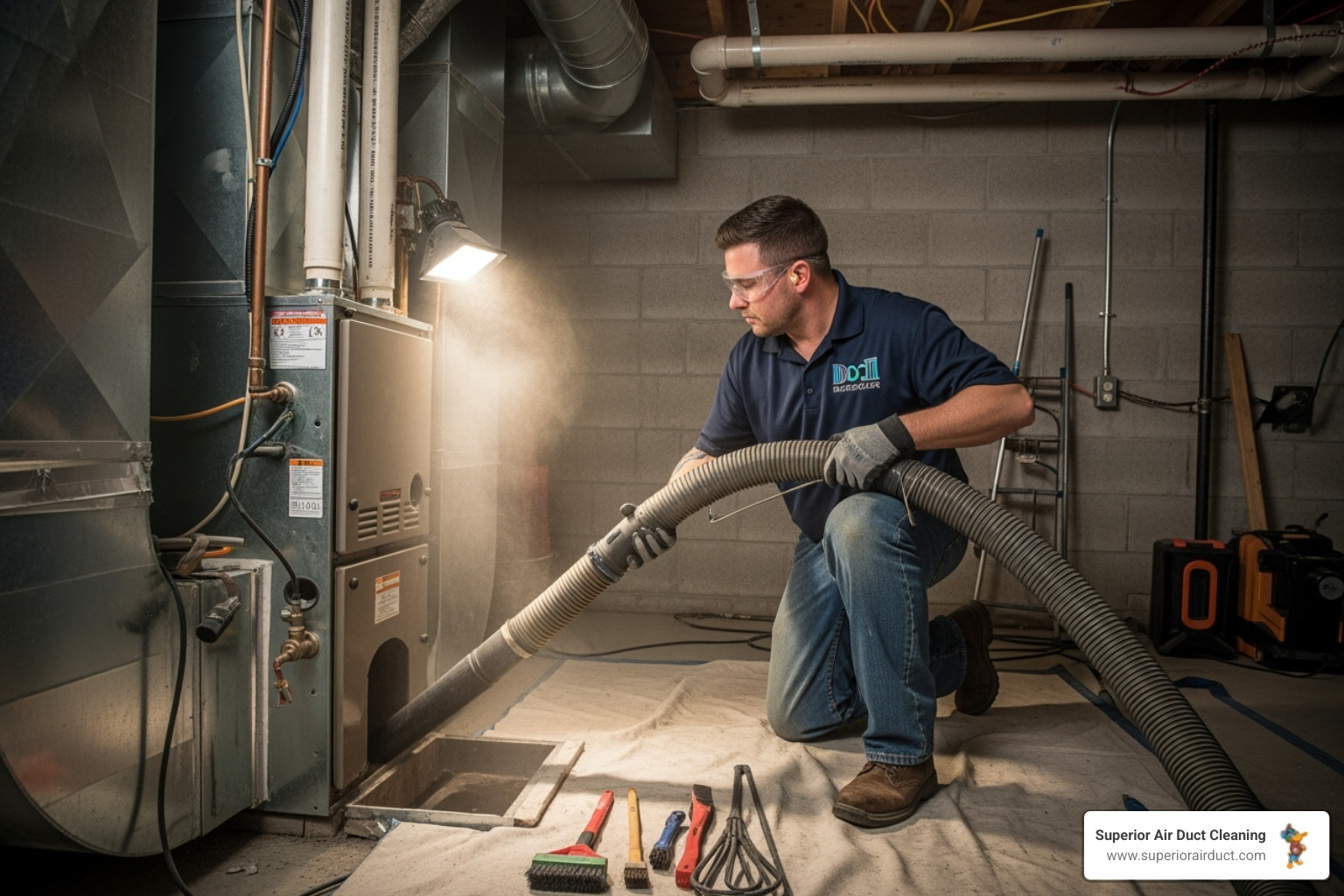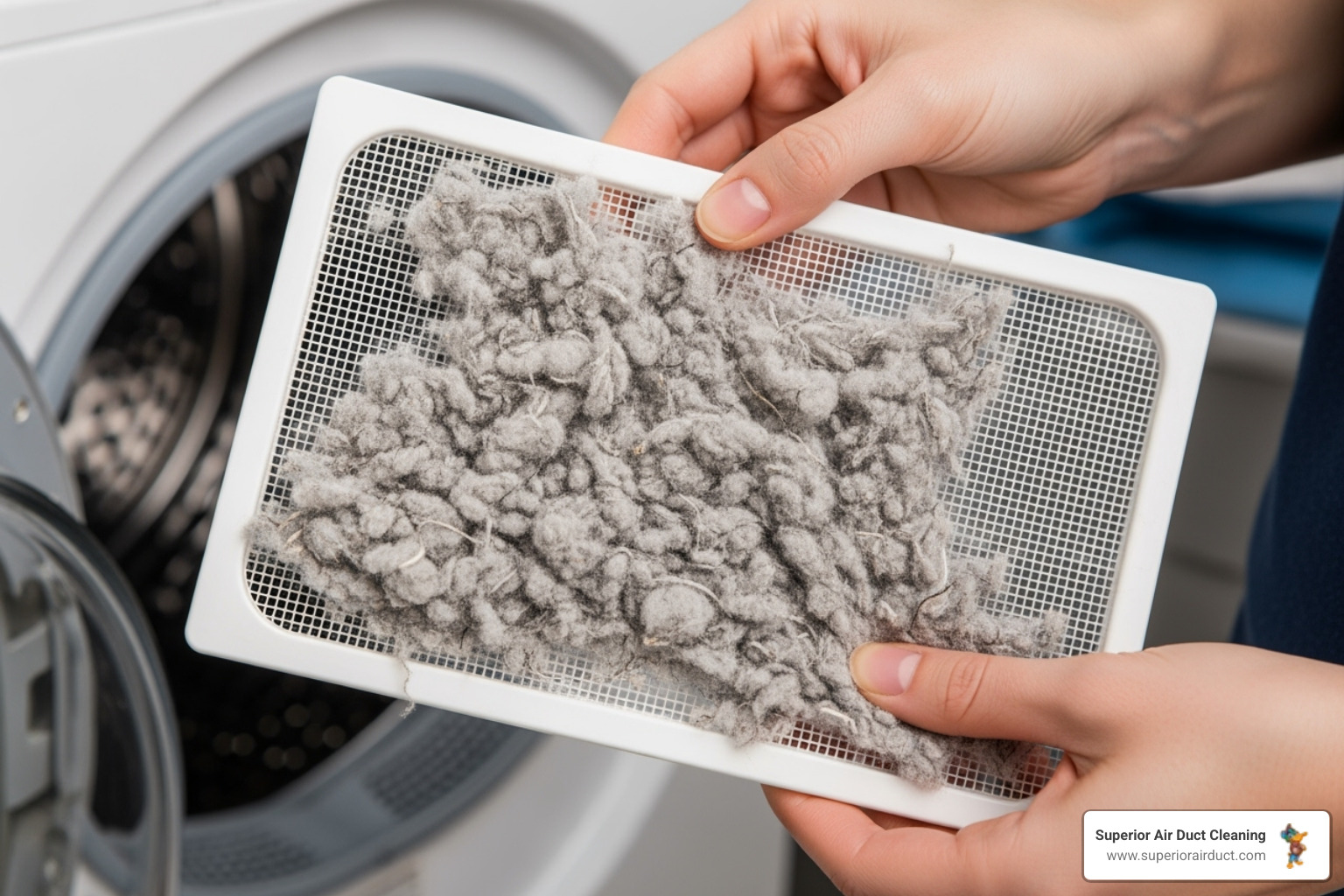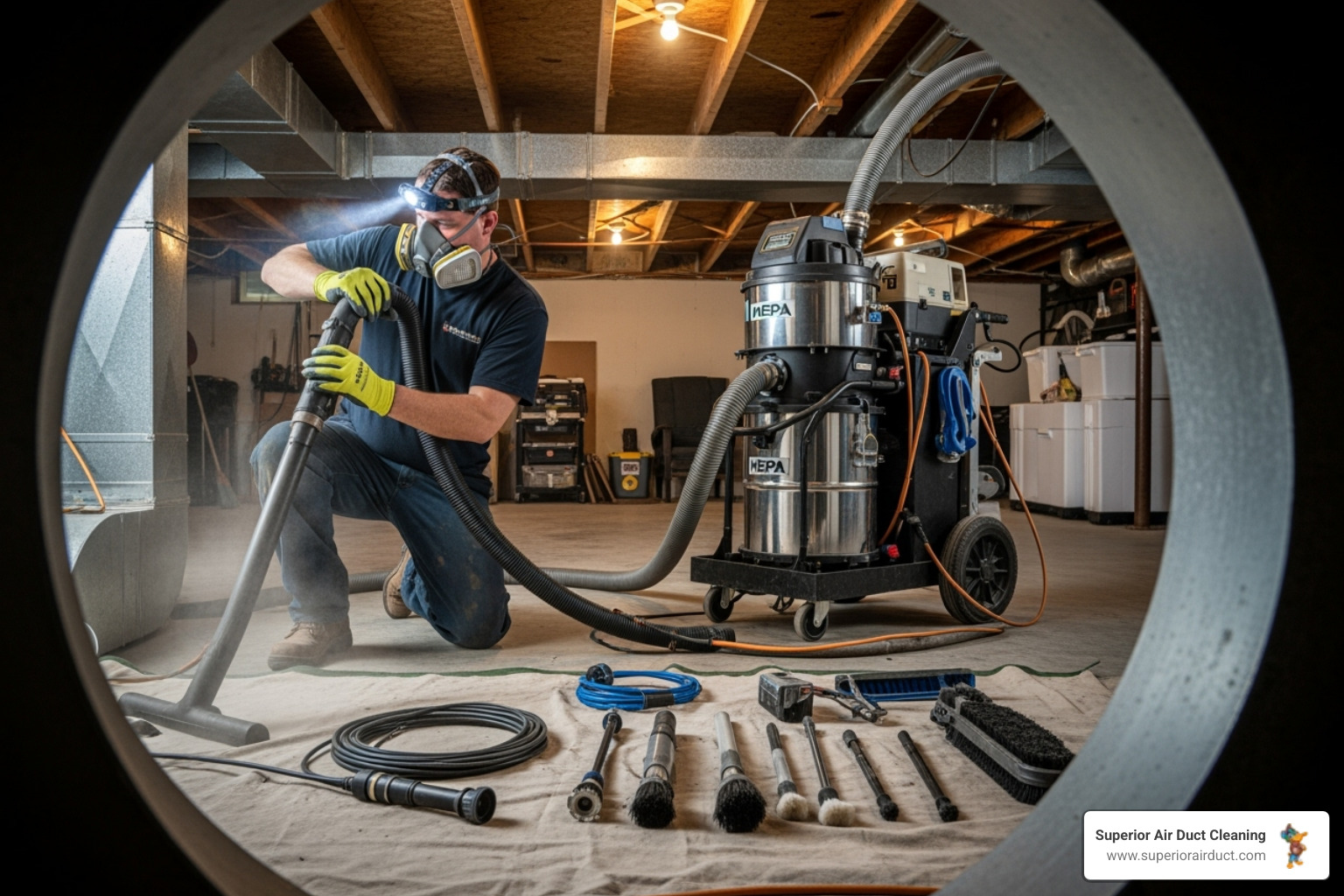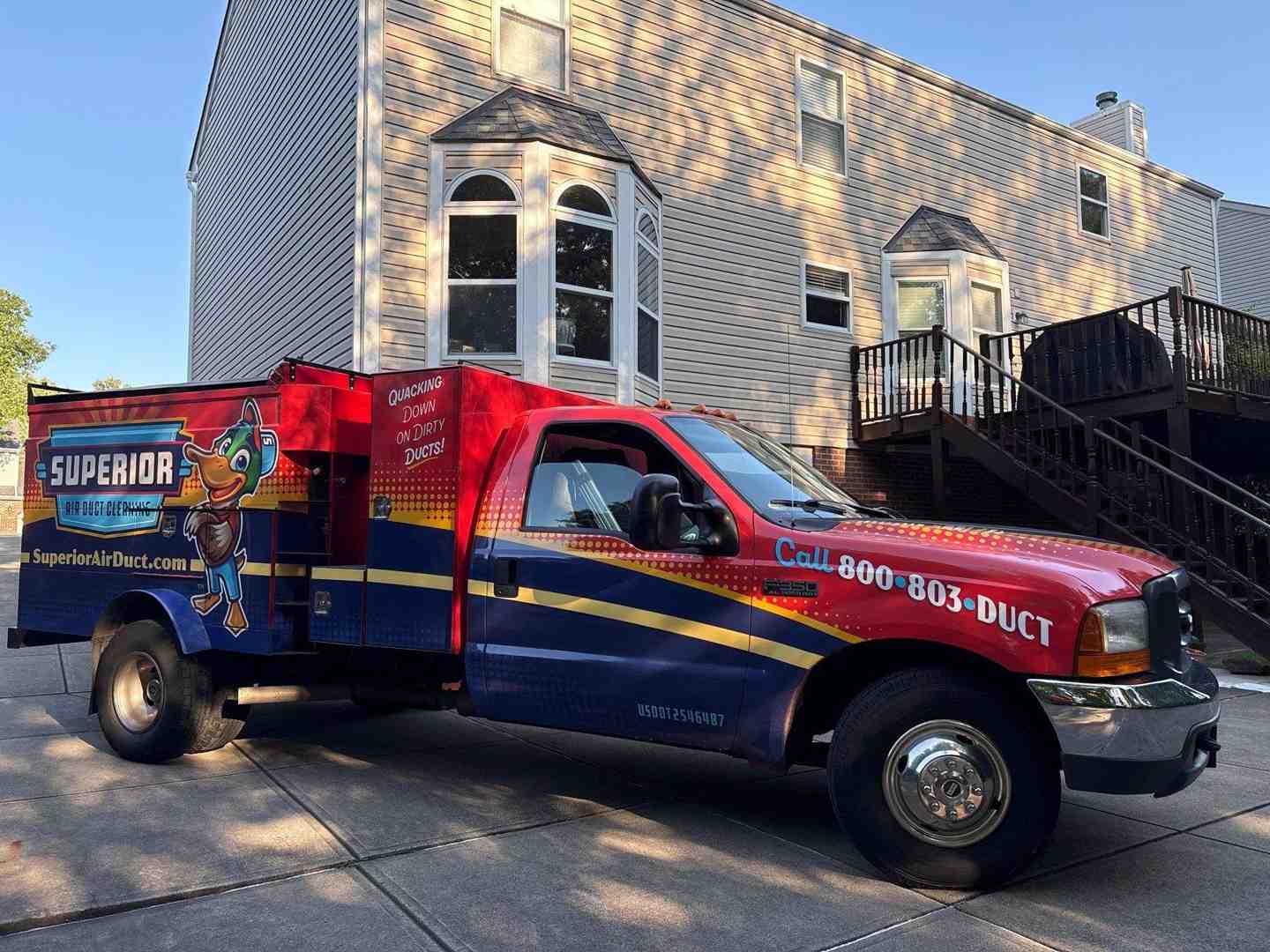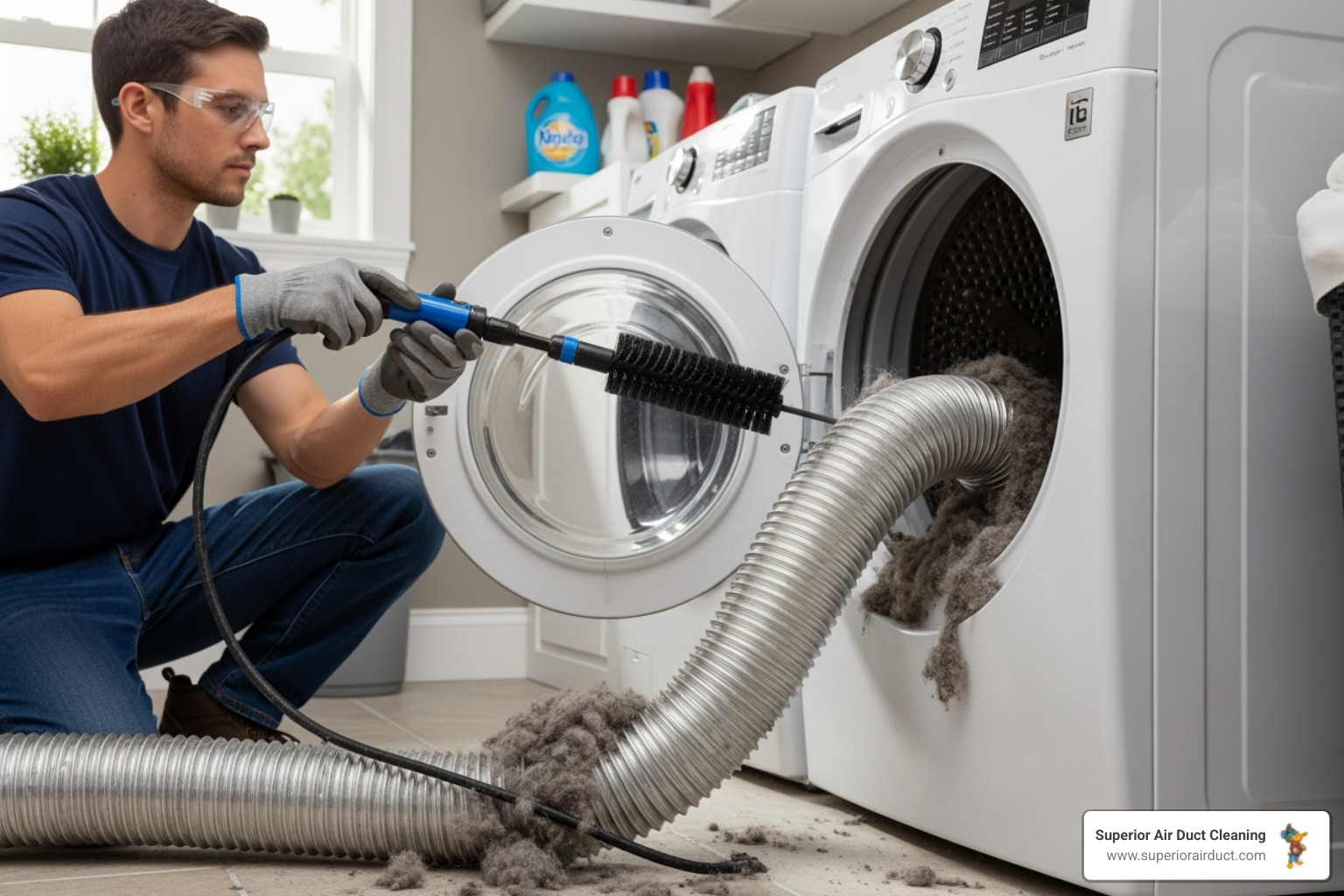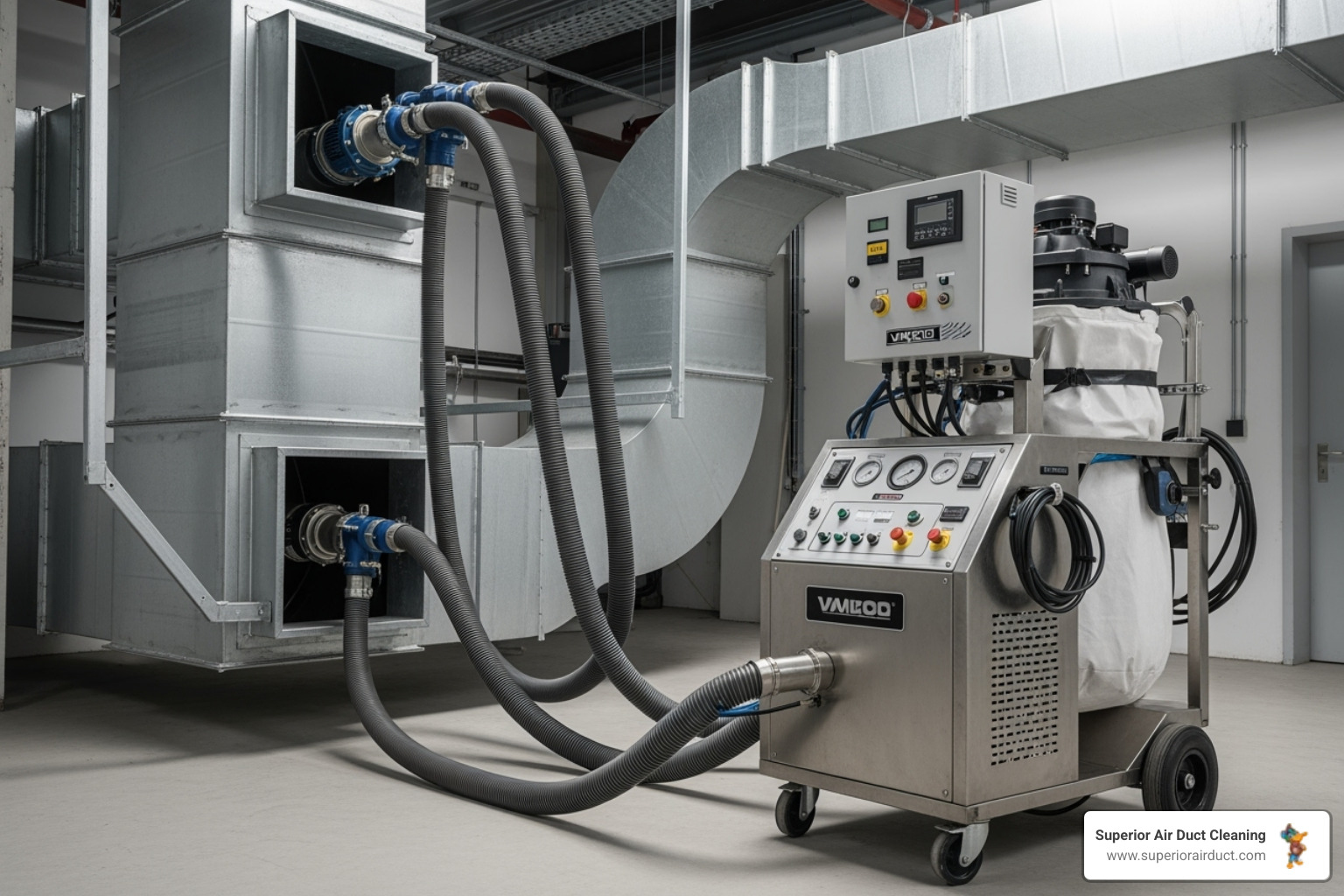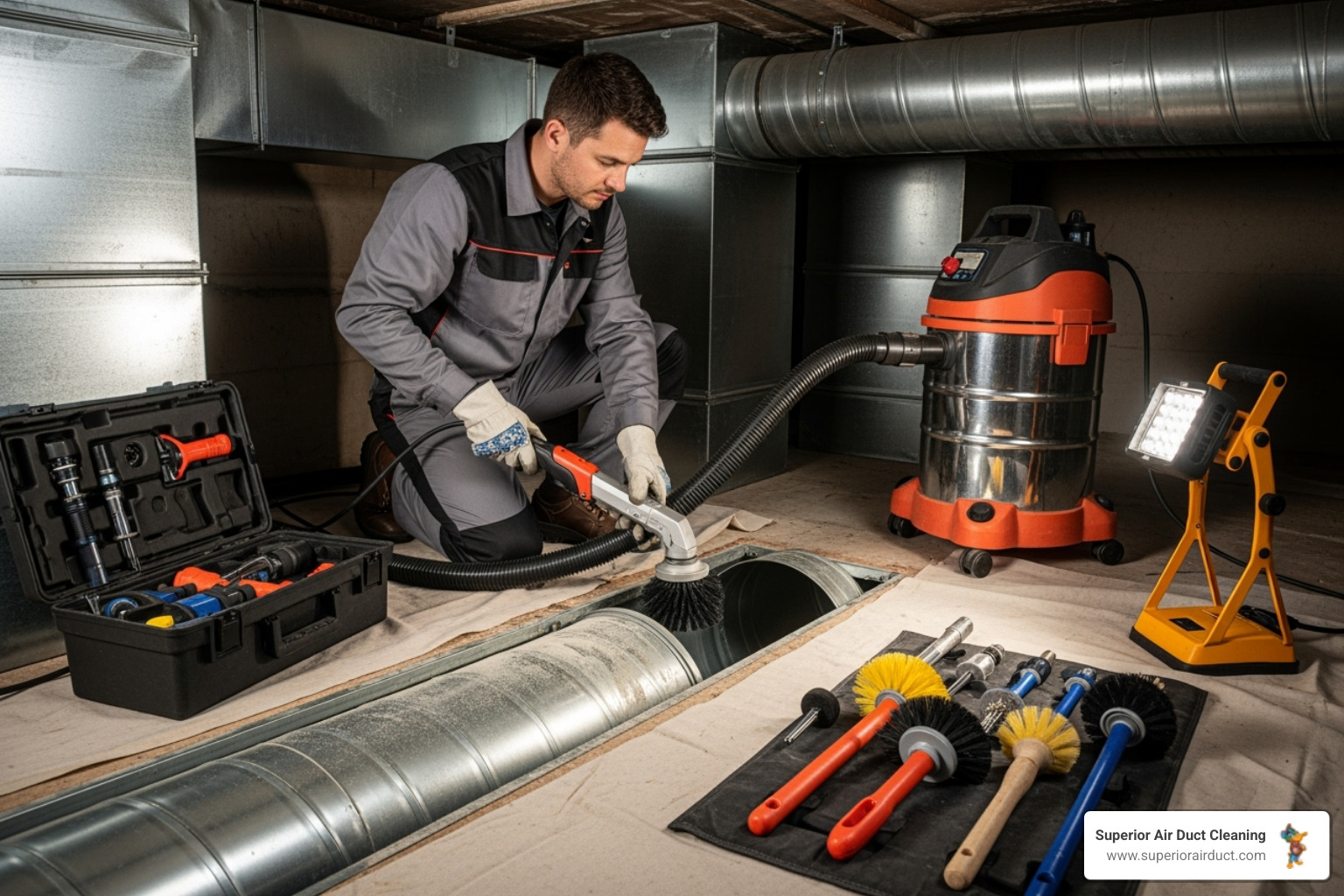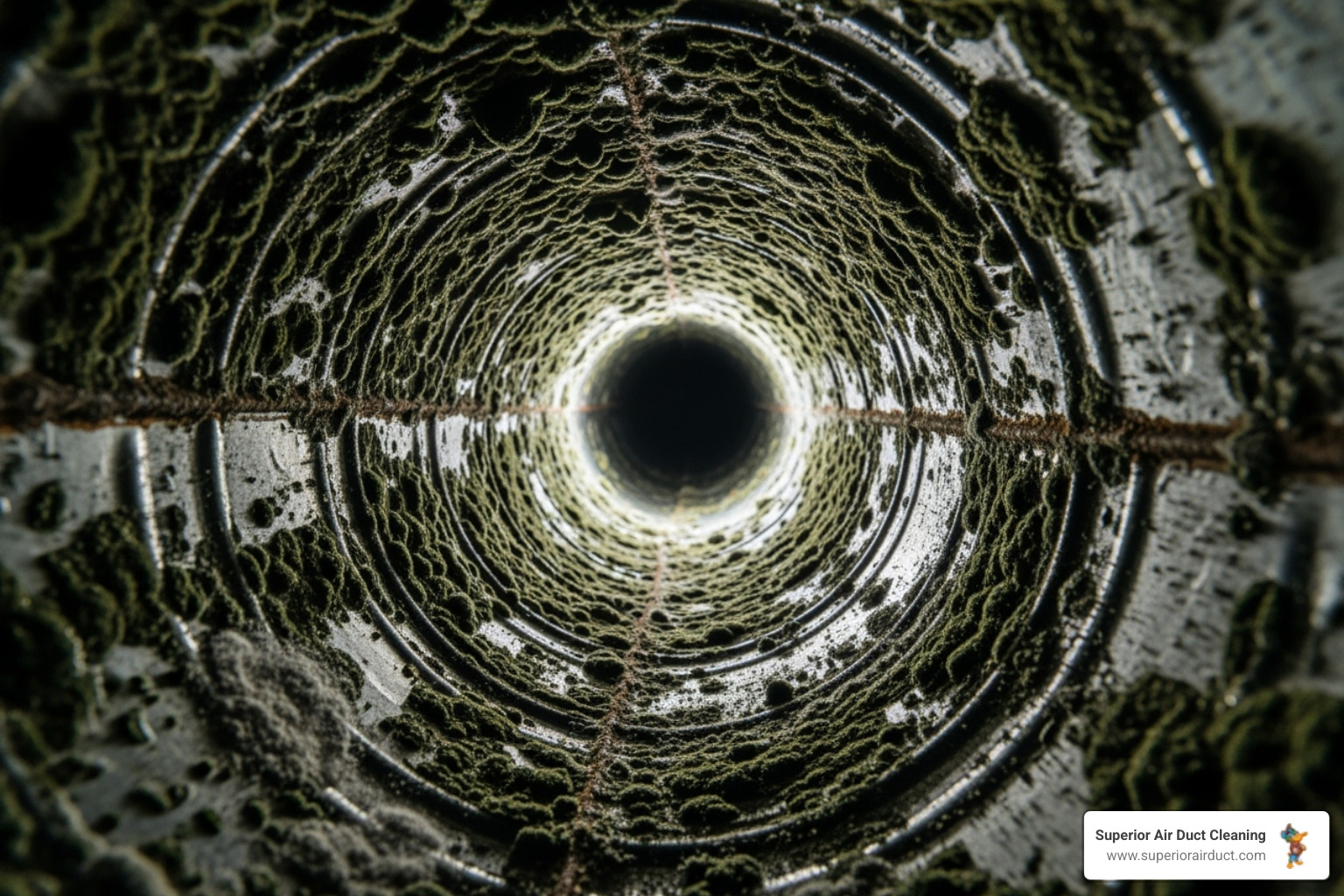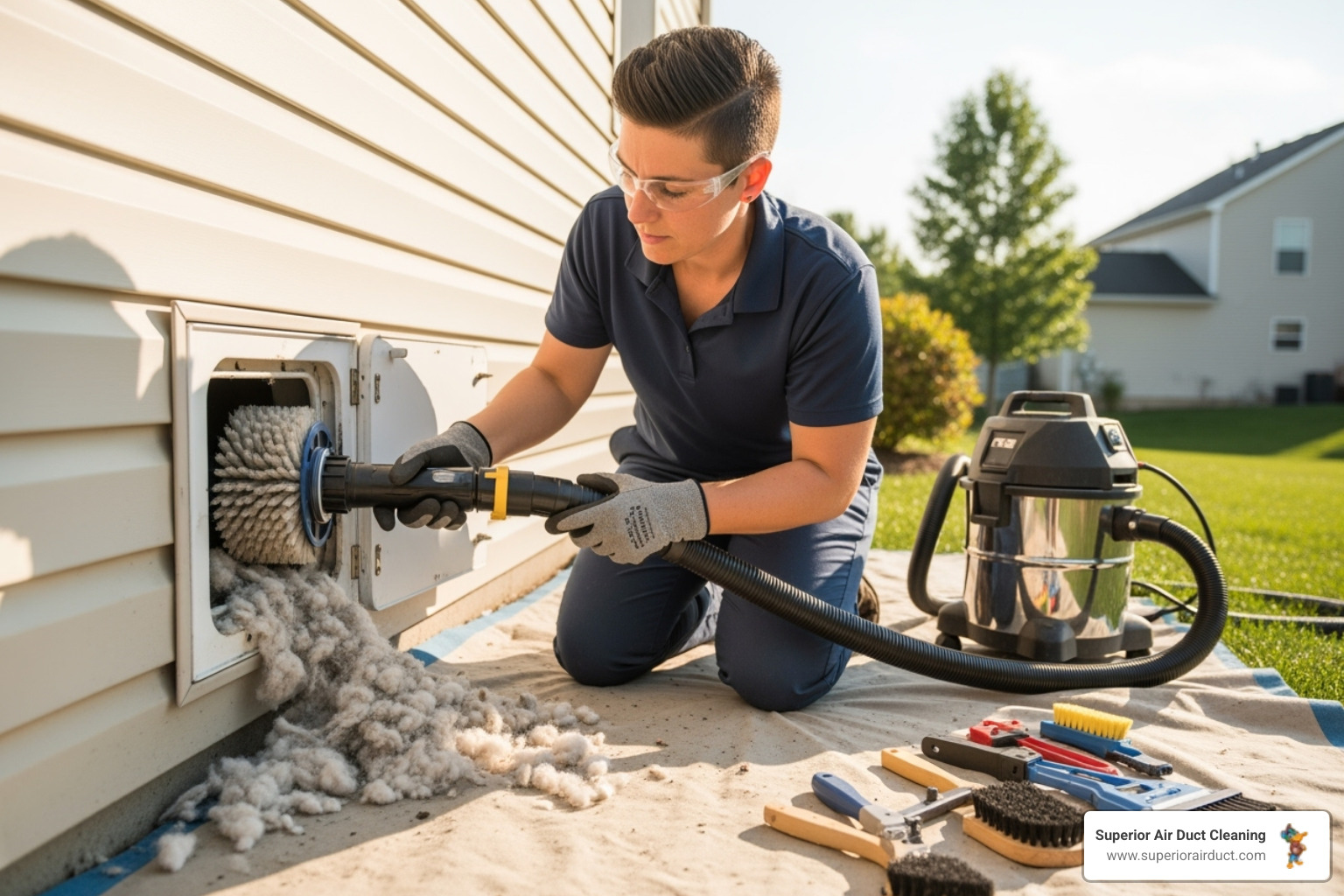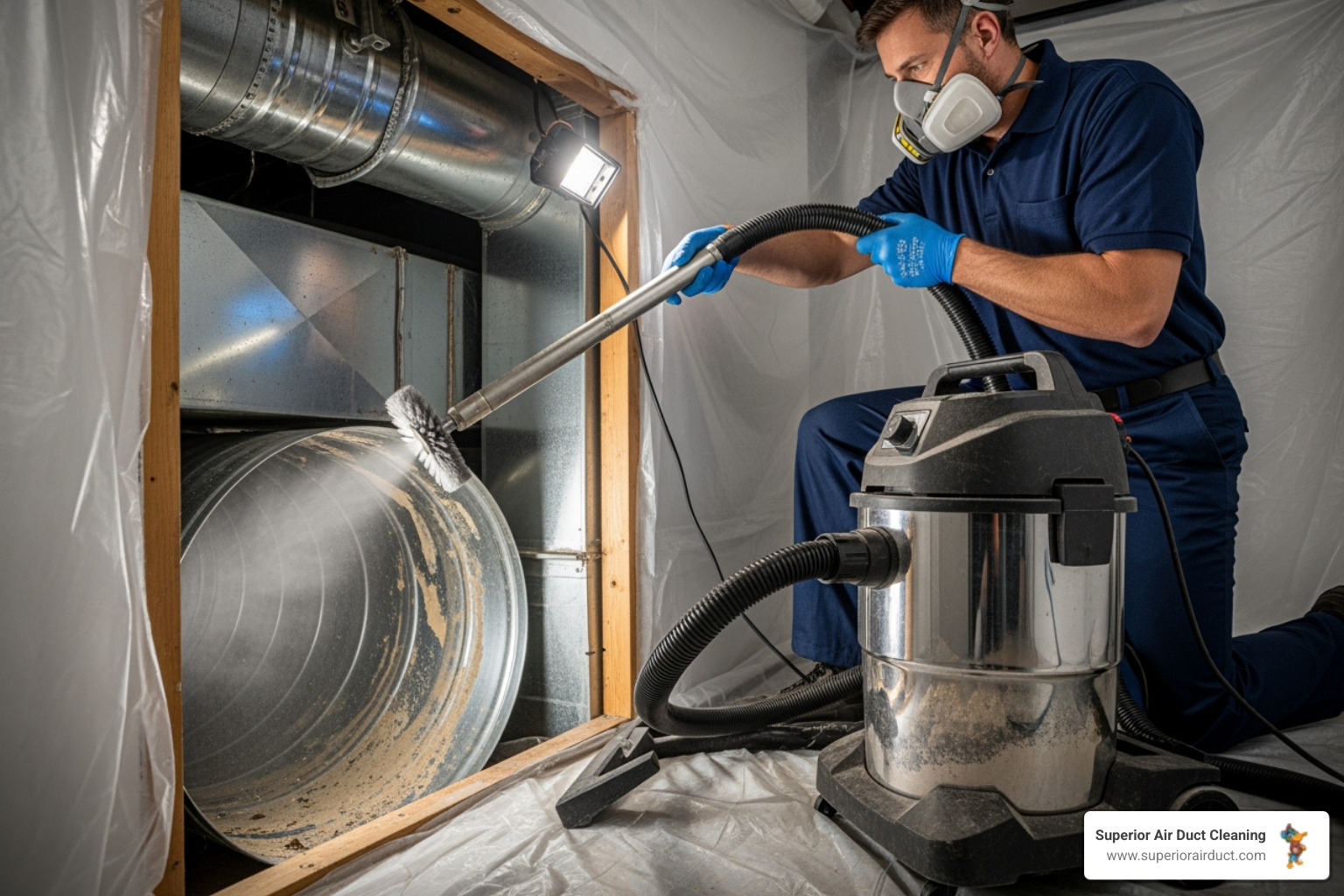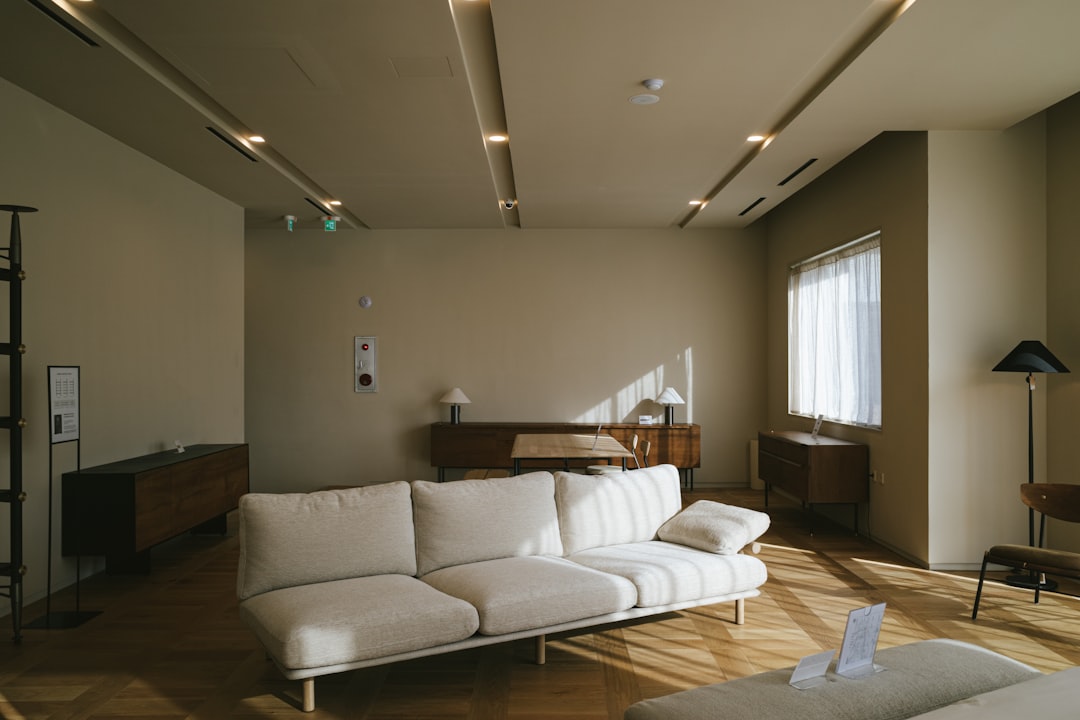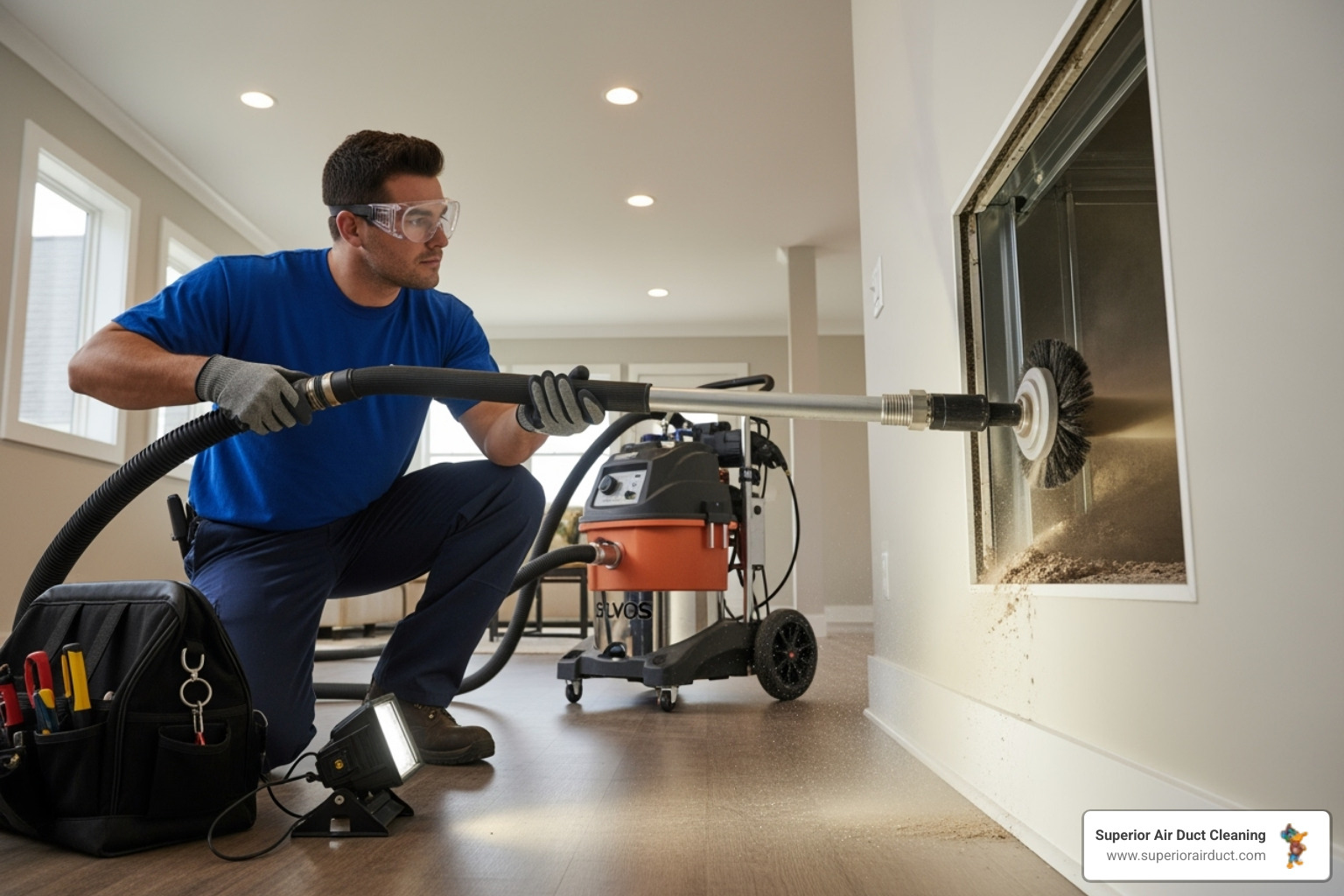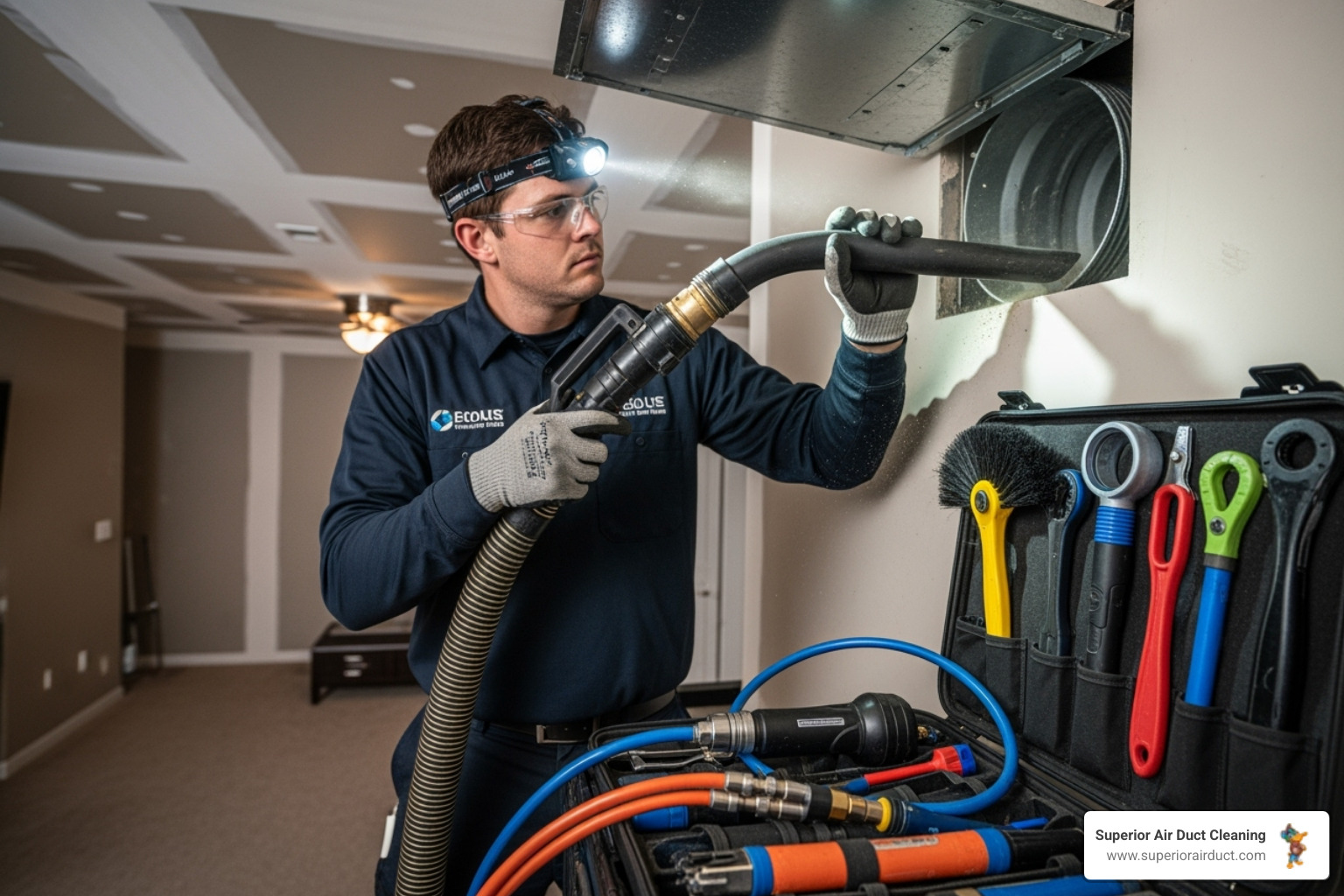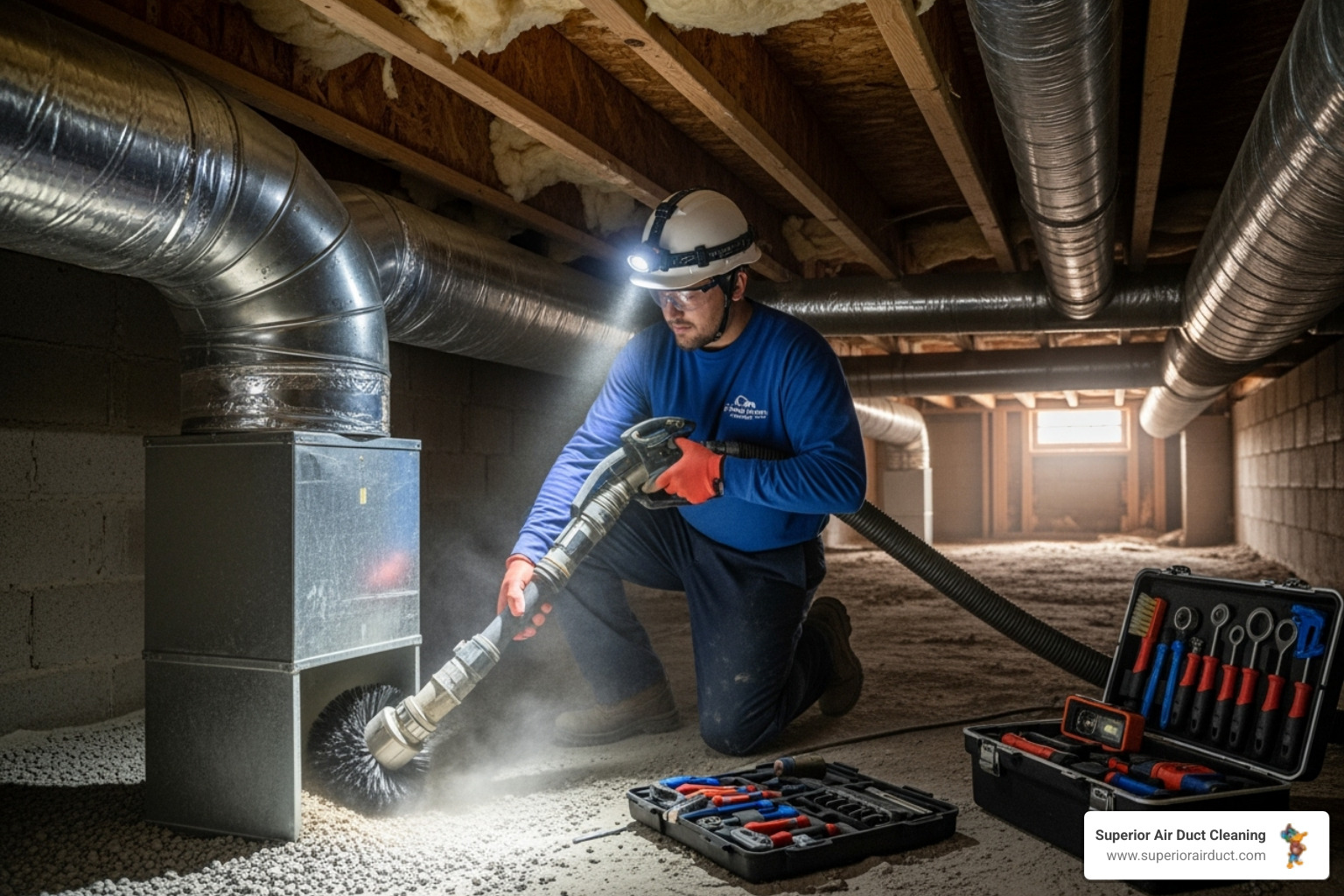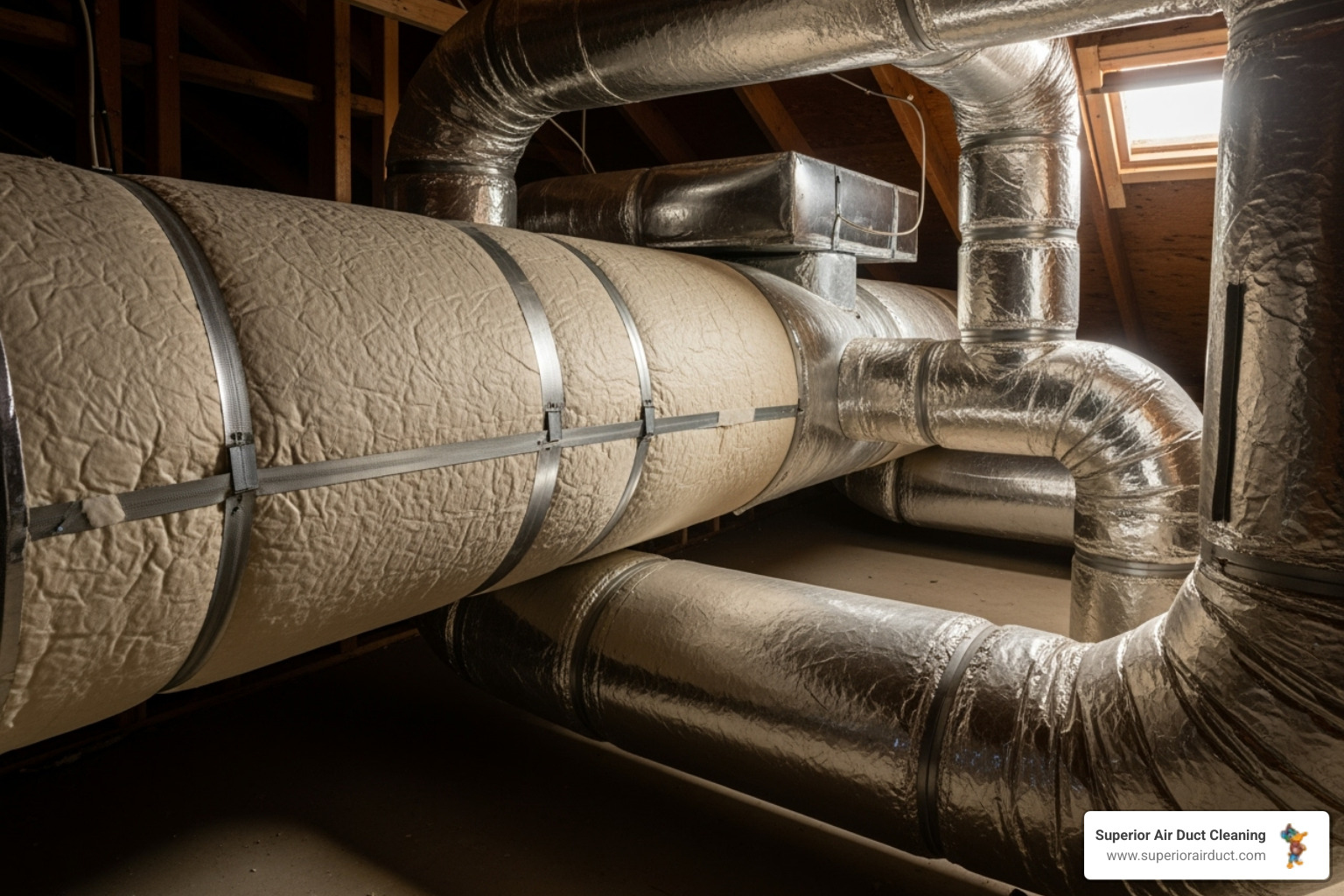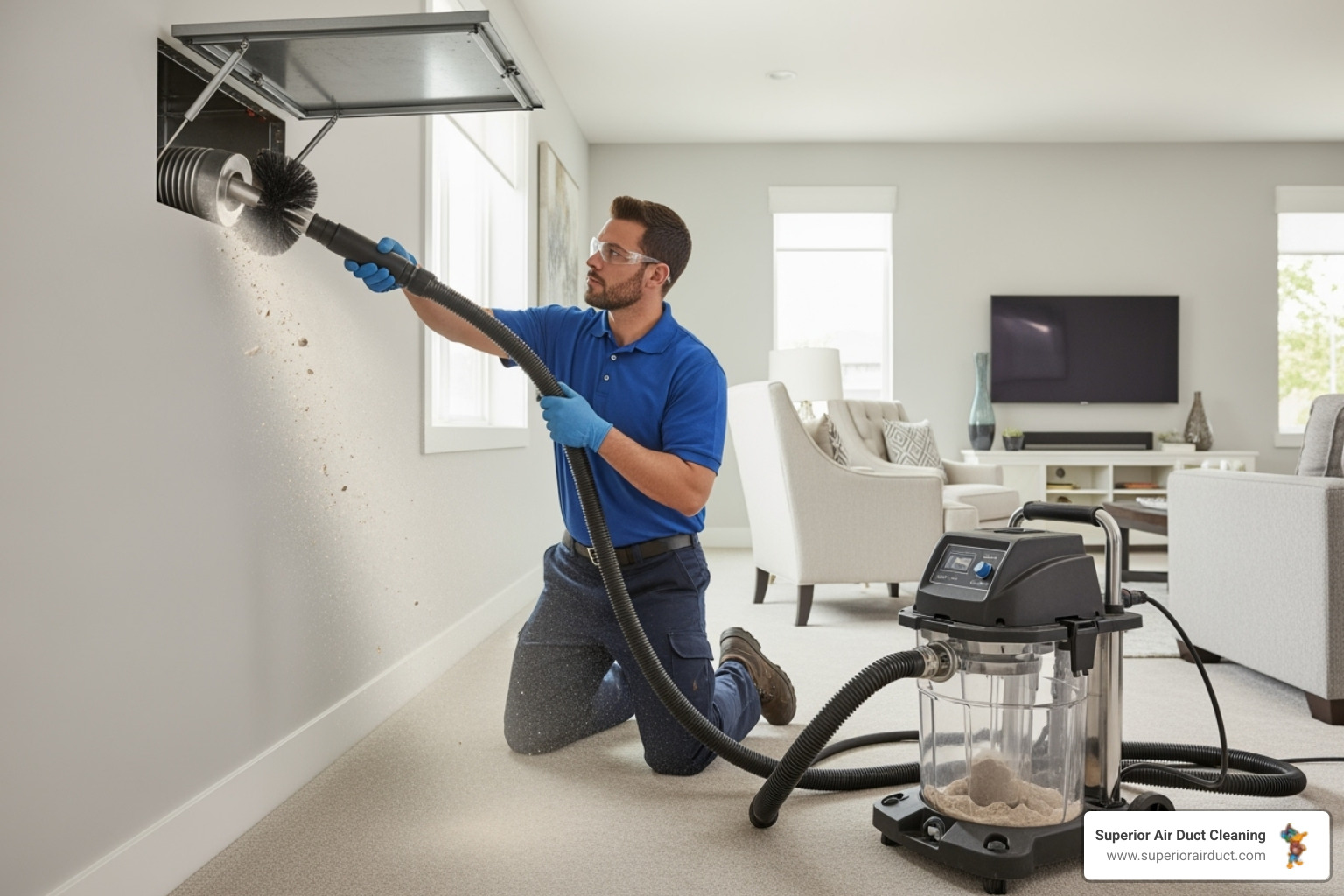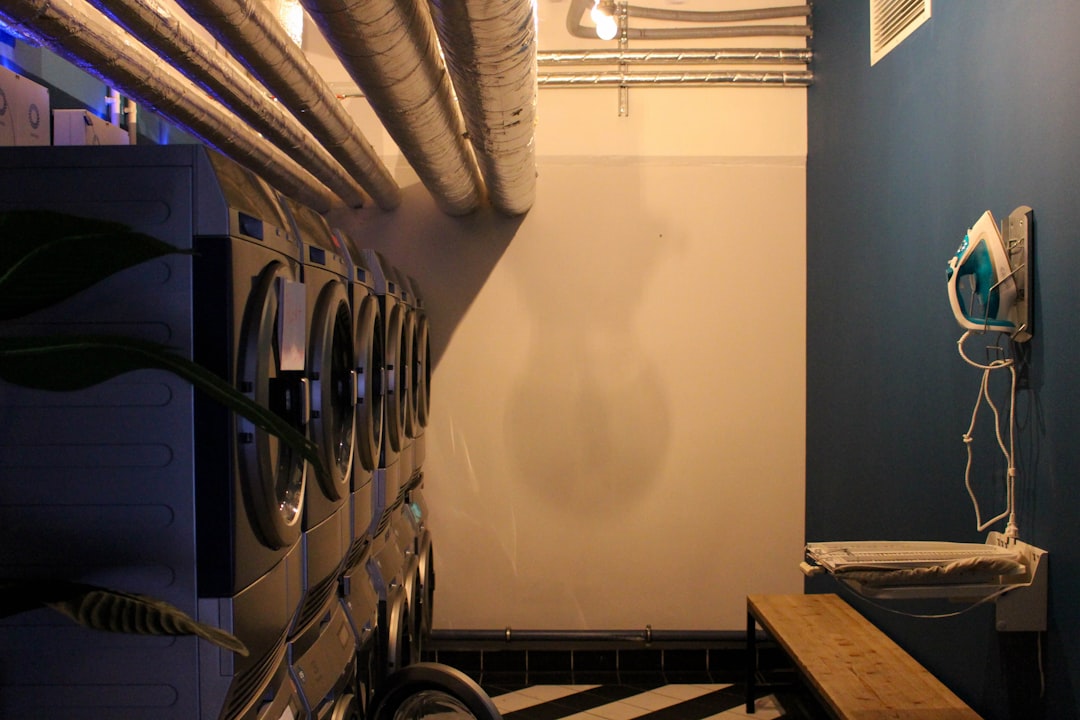
When you live in a multi-unit building in Hermitage, fire safety is something you can’t afford to overlook. One overlooked source of fire risk is the dryer vent system. While most people think about kitchen appliances or heating equipment when they think about fire hazards, dryers are often ignored, especially when multiple units are connected to a shared venting system. All it takes is one clogged line for lint buildup to spark a problem.
Dryer vent maintenance tends to fall through the cracks because it’s not always visible. You don’t see the lint building up in the ducts like you do in the lint trap. But when left unchecked, dryer vents can become packed with flammable debris. In a shared building, the risk increases because each unit contributes to the overall strain on the system. Understanding how this happens and recognizing the signs early can help residents and property managers take the right steps to prevent dryer fires.
Understanding The Risks Of Dryer Fires
When dryer vents get clogged, airflow gets restricted. This makes the dryer work harder, causing it to overheat. Overheated dryers and trapped lint create the ideal setup for a fire to start. In multi-unit buildings where multiple dryers rely on the same main vent line, this risk grows quickly. If one resident fails to clean their lint trap regularly or uses the dryer excessively, that buildup adds to the shared system.
Once lint starts to collect deep inside the ducting, airflow slows down, and heat from the dryers has nowhere to go. That heat can ignite the lint under the right conditions. Most of the time, these problems happen quietly, with no obvious warning until it’s too late. And since many multi-unit buildings have their dryer systems tucked away in hidden areas, the issue can go undetected for months or even years.
Working smoke detectors and fire extinguishers are important, but preventing a dryer-related fire starts with stopping the problem before it gets to that stage. Addressing vent blockages and buildup early helps reduce the chance of a safety emergency and keeps the building running smoothly over time.
How Dryer Vents Become Fire Hazards
Dryer vents begin to clog when lint sneaks past the lint trap. Tiny fibers from towels, clothes, and sheets accumulate and stick to the inner walls of the vent pipe. Over time, this buildup thickens with every load. In humid conditions, like when running the dryer back-to-back, the lint clumps together even faster, making it harder for hot air to escape.
Common causes of dryer vent blockages in multi-unit Hermitage buildings include:
- Skipping the regular cleaning of individual units' lint traps
- Running dryers repeatedly throughout the day without breaks
- Improper vent installation or long vent lines that collect more debris
- Animal nesting or insects finding their way into outdoor vent openings
- Lack of a routine inspection or cleaning policy for shared vent systems
As vents collect debris, dryers are forced to run longer to dry the same load. This not only increases utility use but also raises the risk of system failure. If left unchecked, a blocked vent can generate enough heat and friction to spark a fire. For example, one Hermitage property manager shared how a buildup in one of the top floor units shut down the dryer completely. Luckily, maintenance caught it in time, but it required a full cleanout and duct repair.
The bottom line is this: accumulated lint isn't just a nuisance. It quietly turns your dryer into a potential fire hazard, especially in shared spaces where no one resident is responsible for the entire system.
Signs Your Dryer Vent Needs Cleaning
Spotting the warning signs early can go a long way in preventing a major issue down the road. Some red flags show up right in the laundry room, and others might take longer to detect, especially in a building with units that share ventilation. It’s worth taking time to check for these signs every few months.
Keep an eye out for these clear indicators:
- Clothes that feel unusually hot after a cycle
- Laundry loads taking longer to dry than normal
- A musty or burning smell near the dryer unit
- Vent covers that are clogged or not opening properly
- Lint or debris collecting behind the dryer or around the vent
In multi-unit buildings, some of these signs might appear in only one unit and go unnoticed for a while. Property managers should create a routine plan to inspect and clean vents, either quarterly or biannually based on usage. If a tenant reports longer drying times or excessive heat, it could point to a shared venting problem rather than a faulty dryer.
Ignoring these warnings makes vent problems worse. The more clogged the system gets, the more stress it places on every dryer using it. This adds up fast, especially during the summer months when humidity softens the lint and makes it cling easier to ventilation walls.
Dryer vent maintenance may not be top of mind, but small signs like these are early warnings. If caught soon enough, they can prevent the risk of fire, restore proper performance, and avoid expensive system overhauls.
Steps to Prevent Dryer Fires in Multi-Unit Buildings
Preventing dryer fires in multi-unit Hermitage buildings starts with building-wide awareness and regular upkeep. Both property managers and residents need to understand their roles in keeping the dryer vent system clear and functioning. Since these buildings often have shared or interconnected vent systems, efforts from only one unit won’t be enough. Everyone in the building needs to follow consistent habits, and managers must implement a structured maintenance plan.
Here are a few steps that can make a major difference:
1. Require cleaning of lint traps after each use. A clogged trap forces more lint into the vent line.
2. Limit back-to-back loads. Give dryers time to cool between cycles to reduce heat stress on the system.
3. Visually inspect dryer vents behind units at least once a month.
4. Install vent covers on exterior outlets that keep out leaves, bugs, and small animals without blocking airflow.
5. Schedule annual or semi-annual professional dryer vent cleanings for the entire building.
6. Remind tenants of the importance of reporting signs like extended drying times or unusual smells.
7. Keep records of all vent maintenance and cleanings for each unit to stay on top of any recurring issues.
These actions aren’t complicated, but together they can reduce fire risk and prevent costly repairs. Building-wide cooperation is key. If just one unit neglects their dryer maintenance, it can impact the entire system and put neighboring units at risk.
Benefits of Professional Dryer Vent Cleaning
Cleaner vents don’t just lower fire risk. They also help your appliances work better. When hot, moist air can exit quickly, clothes dry faster, and dryers aren’t forced to run longer than needed. Over time, this reduces wear on the machine and keeps energy costs from creeping up.
Our professionals use equipment that’s designed to reach deep into dryer lines, even the long, winding ductwork often found in older Hermitage apartment buildings. Lint, dust, and other debris are removed with suction and rotary tools that clear areas normal technicians can’t always reach.
Building owners often assume their maintenance crew can handle vent cleaning, but consumer-grade tools aren’t always strong enough for more complex systems. When each unit connects to a main vent, cleaning one dryer vent at a time doesn’t fix the larger issue. That’s when calling our technicians makes a difference. They understand how shared systems work and how to clean them efficiently without disrupting all the neighboring units.
The right cleaning also helps spot damage early. Loose connections, cracked hose lines, or vents pulling away from the wall can drastically affect safety and airflow. These problems often stay hidden until something goes wrong. Getting an experienced technician to inspect and clean your vent system can catch problems early and stop outages or fire hazards before they start.
Keeping Your Building Safe Year-Round
The summer months in Hermitage can bring high humidity, which makes lint clump together and stick inside the vents with even more ease. With dryers operating frequently in multi-unit settings, a yearly cleaning isn’t always enough. An ongoing maintenance plan is key to keeping risks low as the seasons change.
Property managers should consider quarterly inspections or cleaning every six months depending on how often units are used. Larger buildings or those with older vent designs may need more frequent service. Set a calendar reminder to avoid letting a full year go by without some form of attention to the system. Make it part of your building’s maintenance cycle.
Residents also play an active role. Remind them to clean the lint traps after every load, avoid overloading dryers, and notify management right away if they notice performance changes or odd smells coming from the dryer area. A little communication from tenants helps managers respond quickly.
Maintaining dryer vents isn’t just compliance. It’s a real way to protect the people living and working in your building. It improves safety, saves money, and keeps the shared systems running like they should. Regular dryer vent cleaning in Hermitage can be the difference between normal operation and a serious problem that affects more than one home. Staying ahead of it is always the better choice.
Experience safer dryer operation with regular maintenance that helps keep your home secure and efficient in Hermitage. At Superior Air Duct Cleaning, we know that professional dryer vent cleaning in Hermitage can prevent potential risks while reducing repair costs. For a quick estimate or to book a service visit, please contact us today.

Customer Reviews






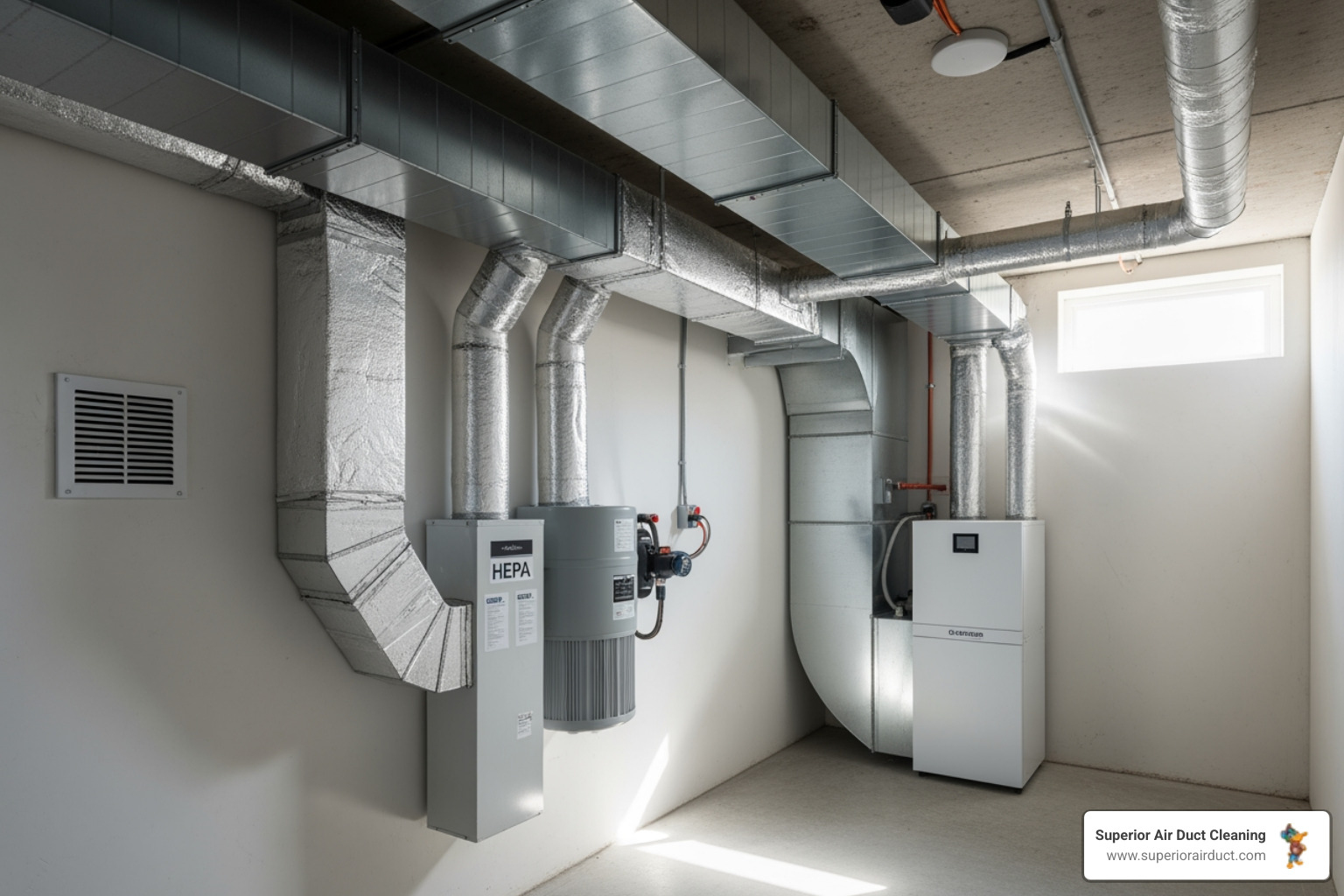




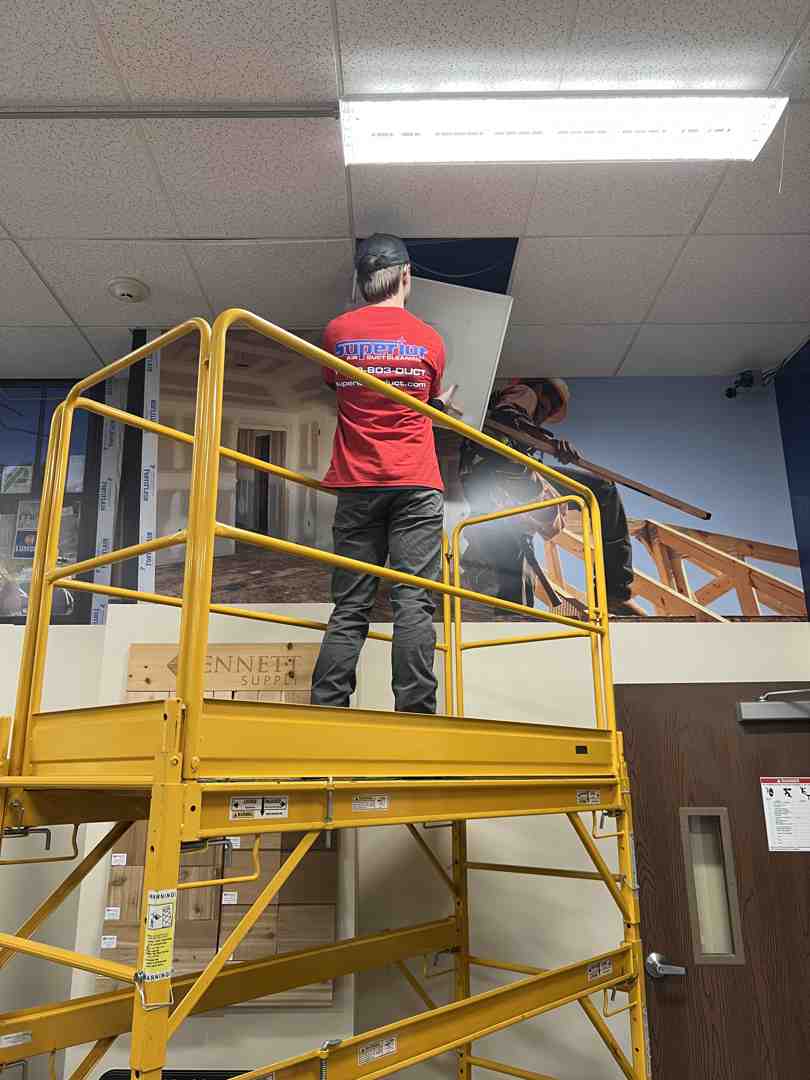

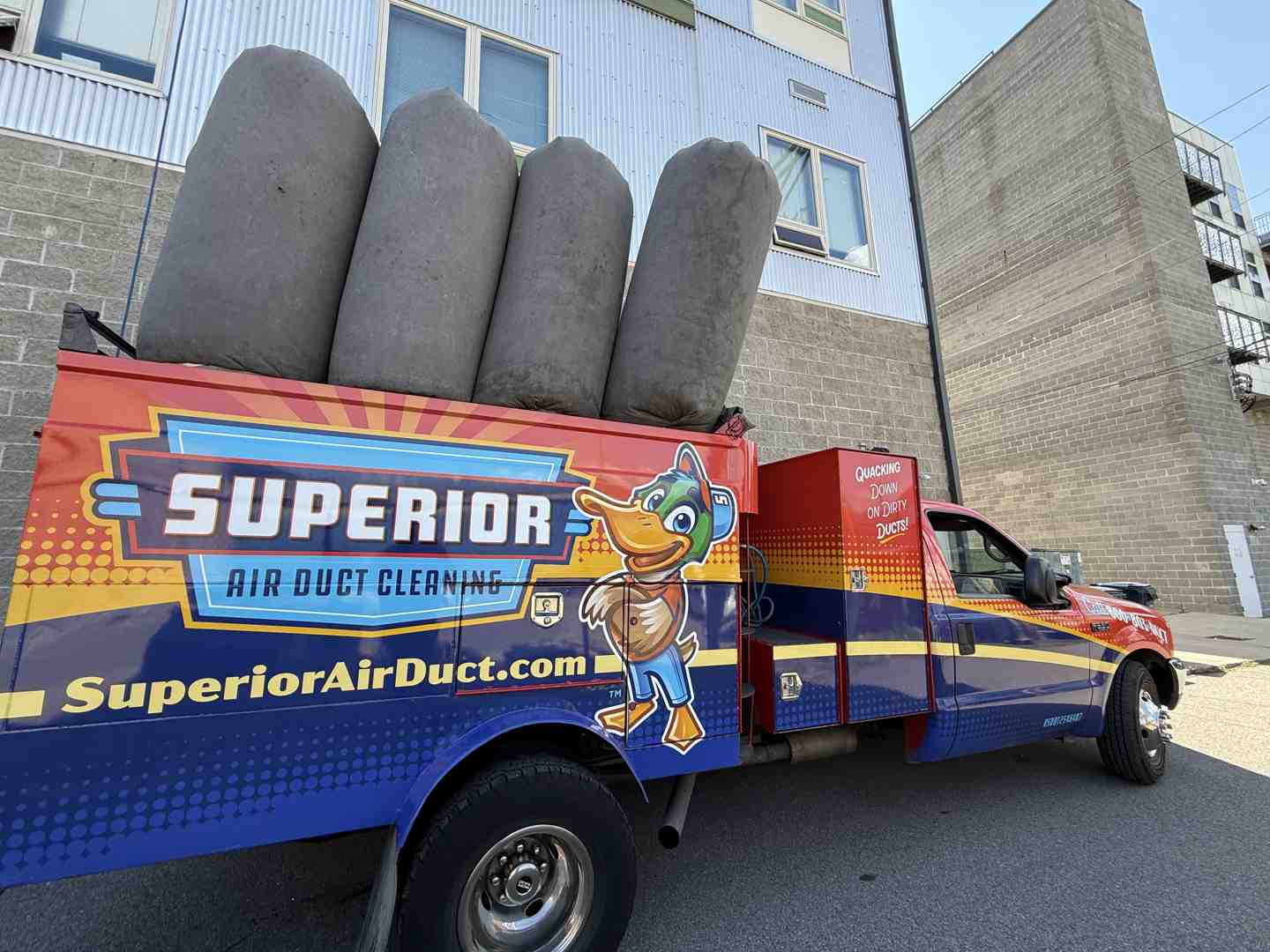

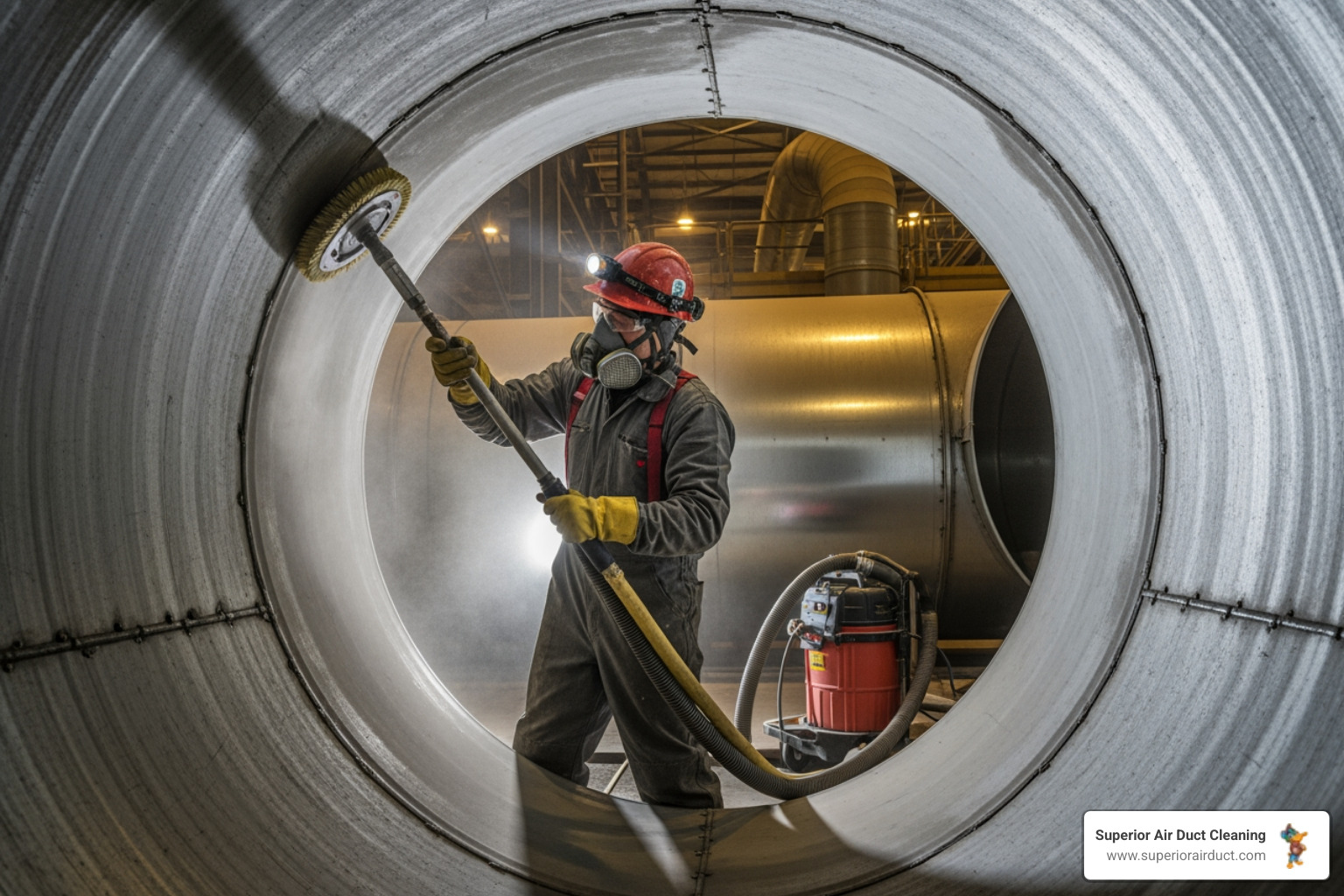
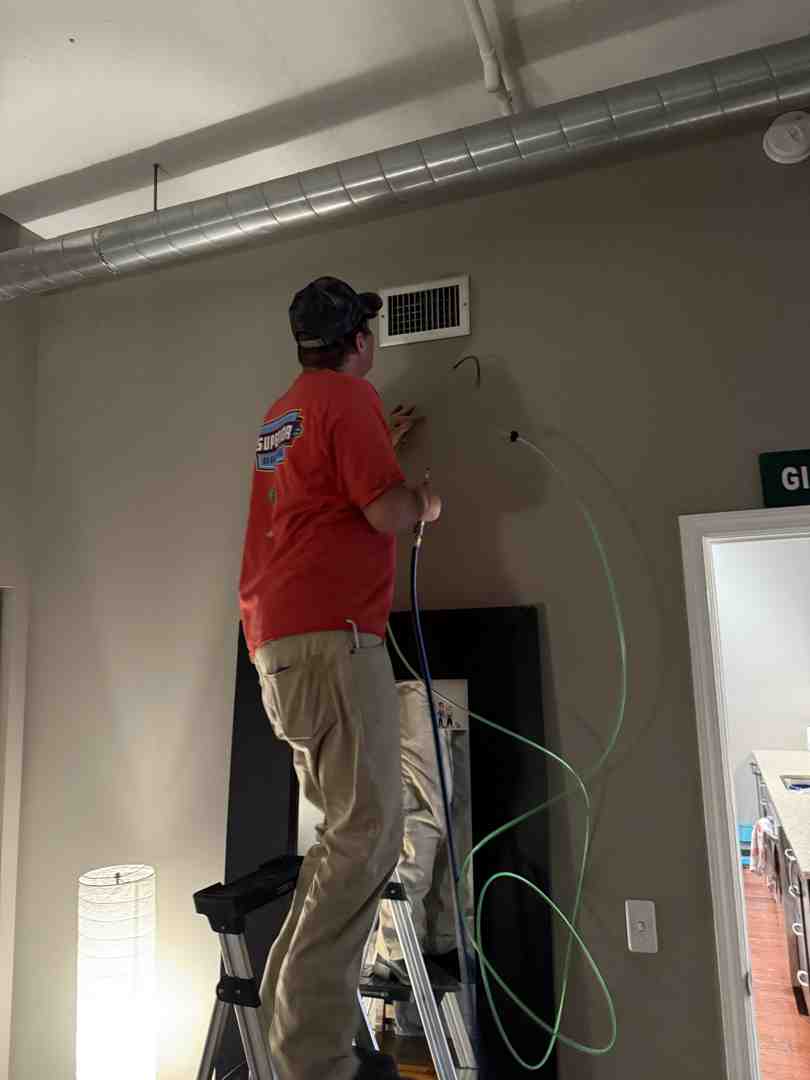

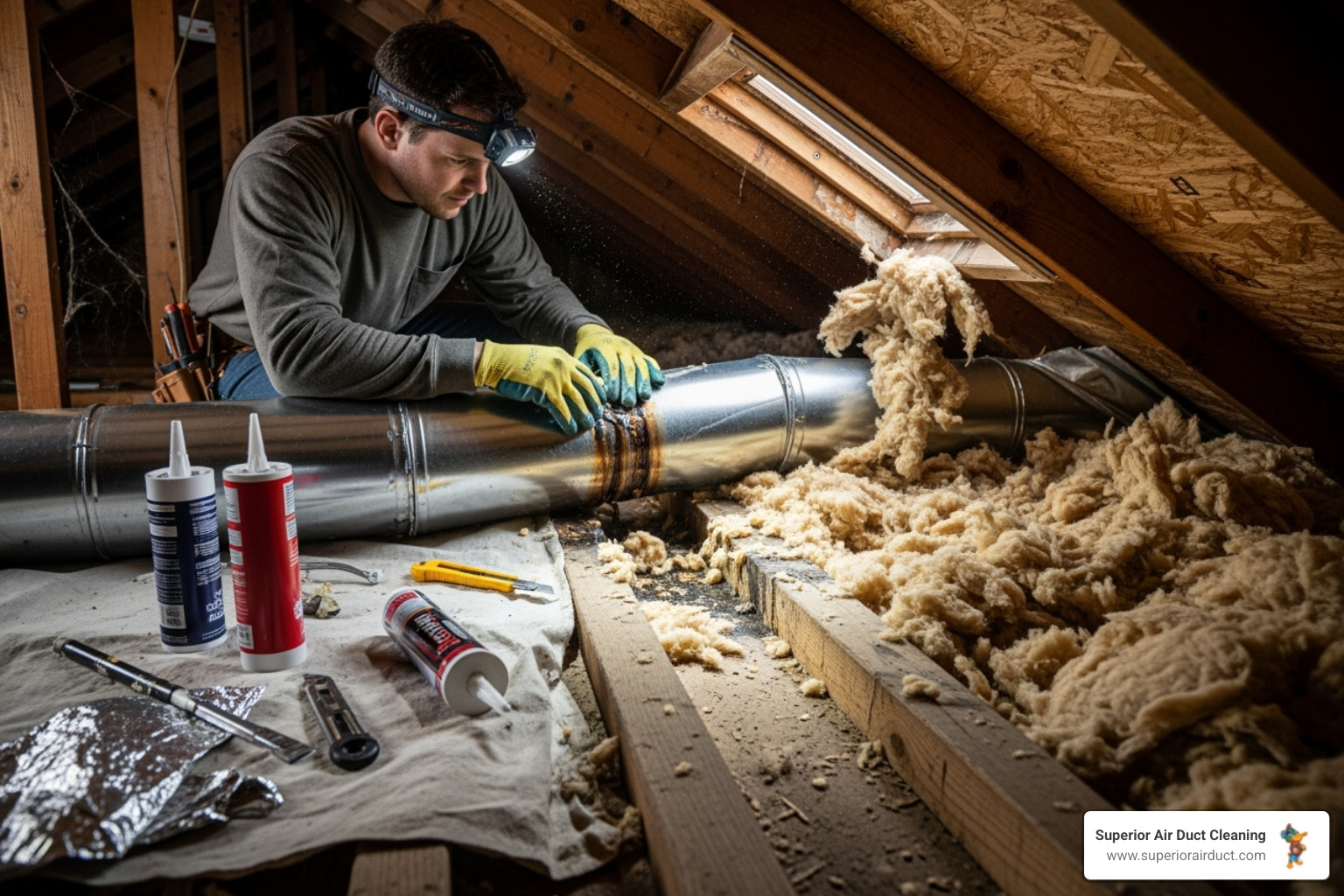
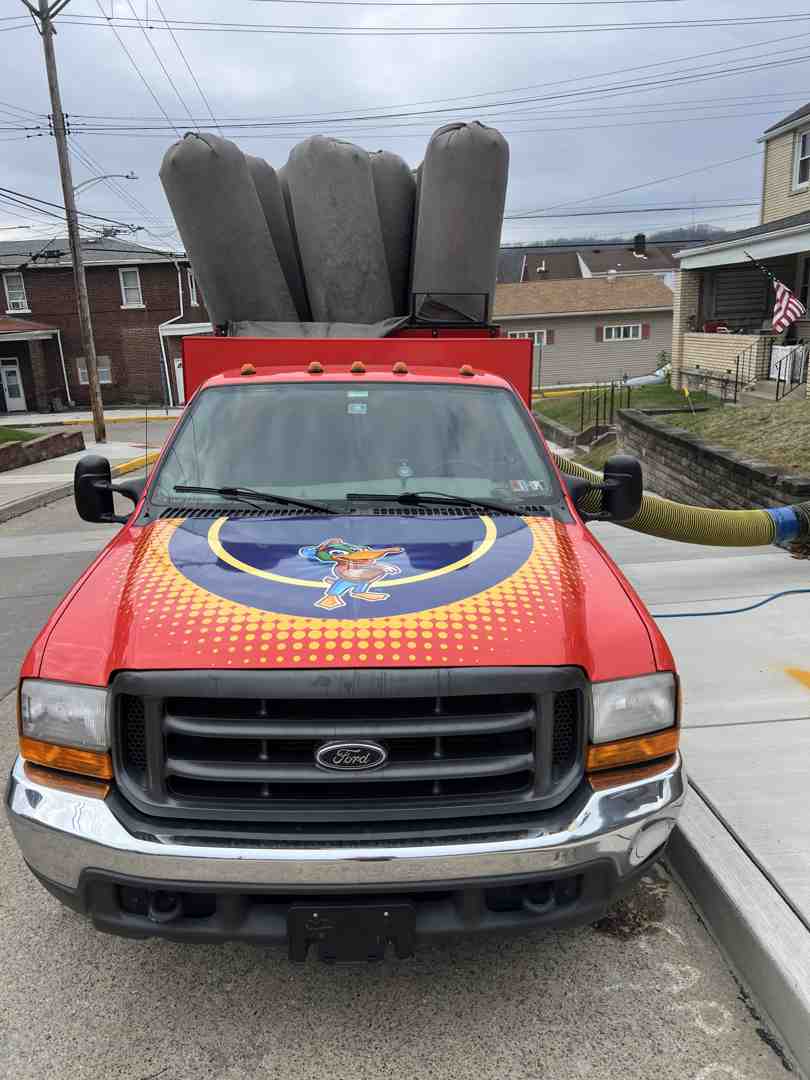

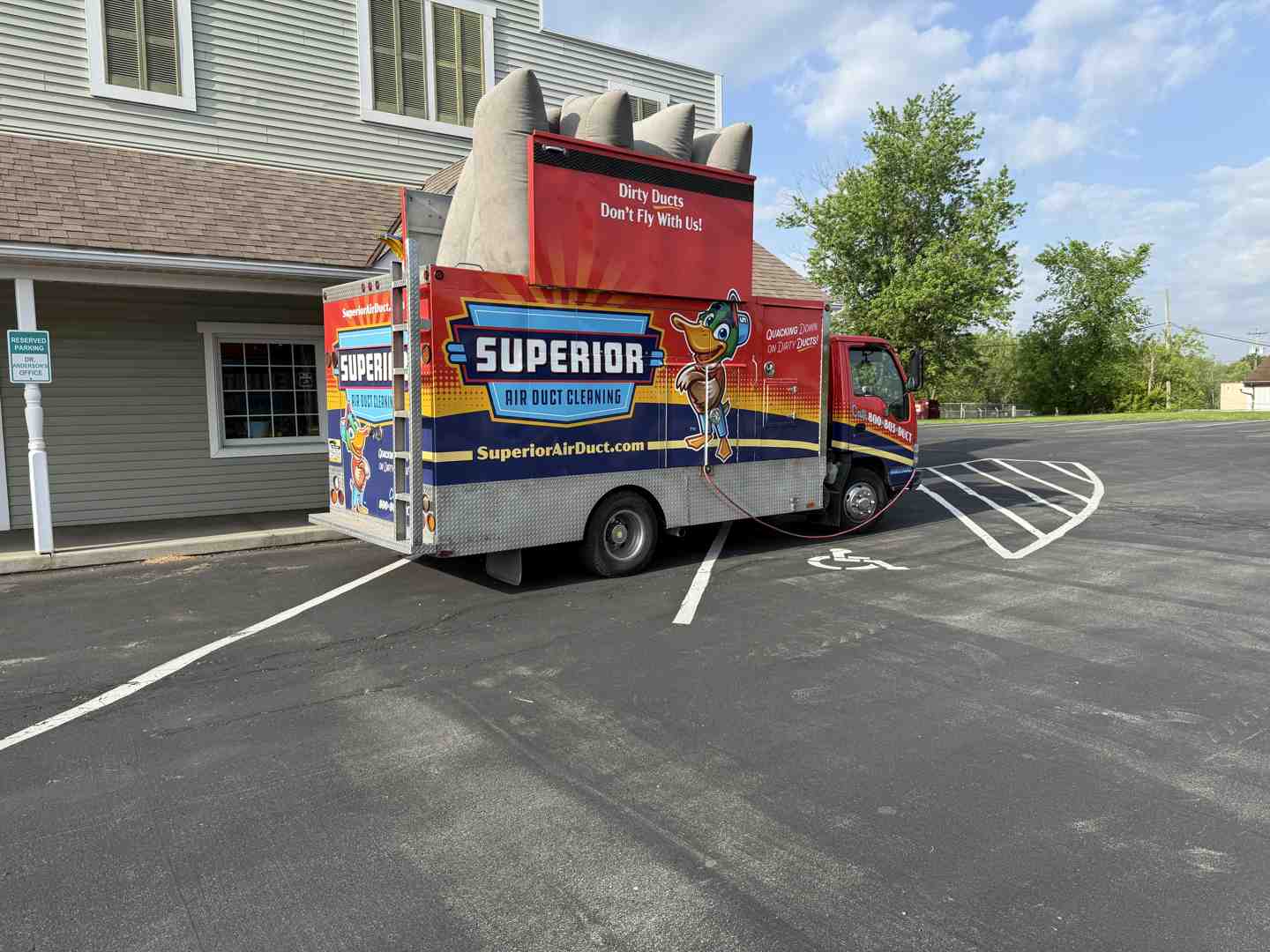


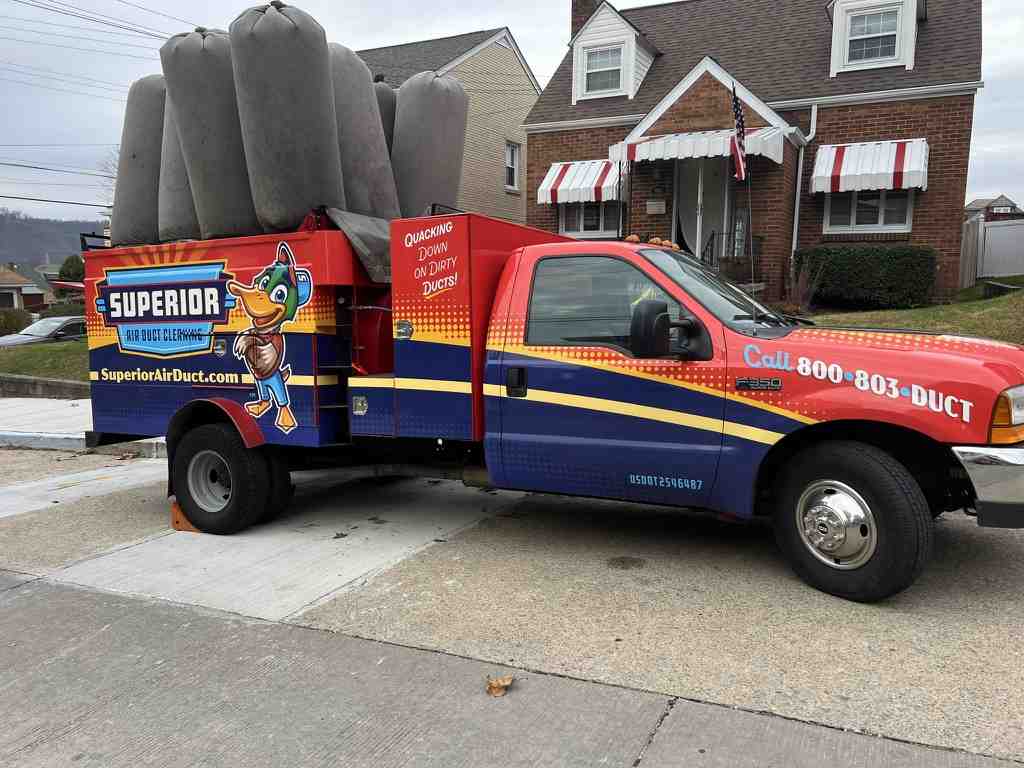


I need to find a service to remove dust from the air ducts in my Pittsburgh home. Who should I call?










